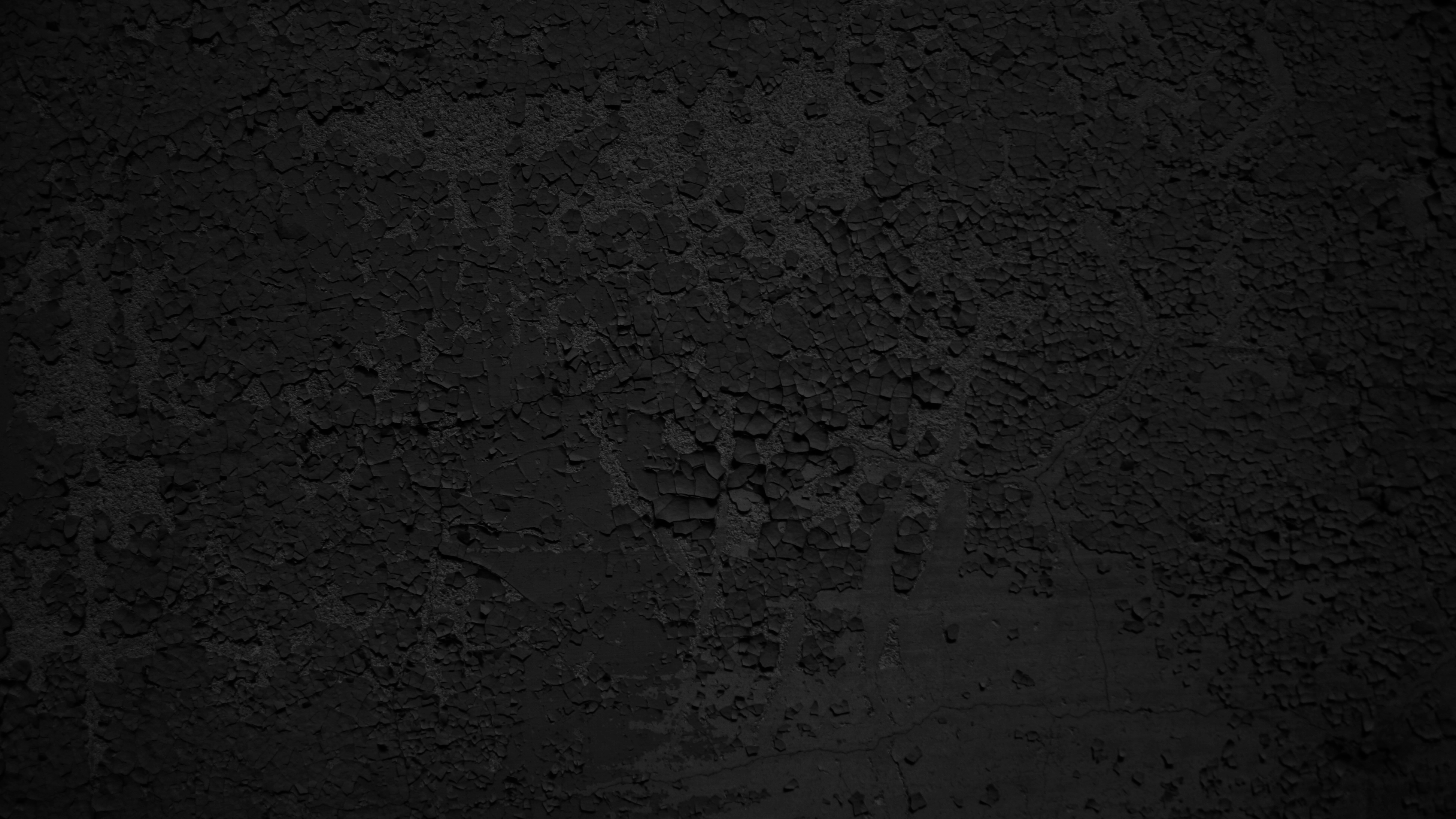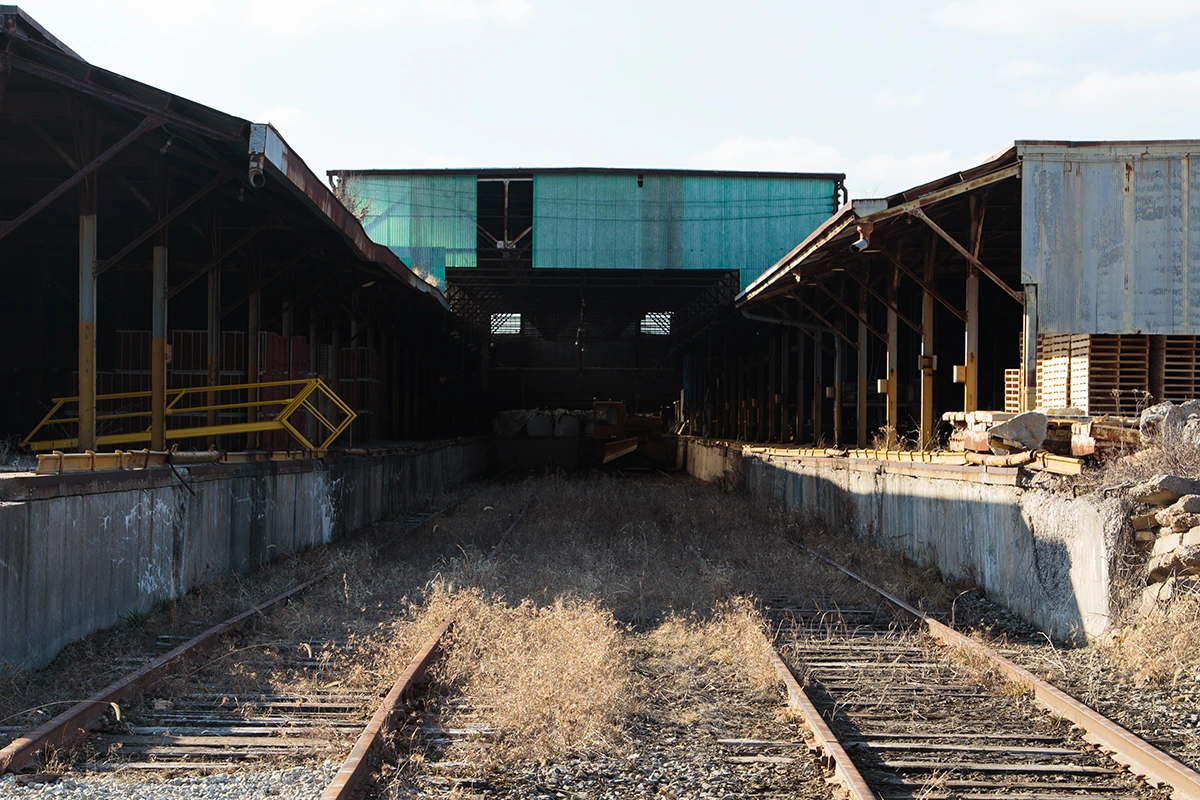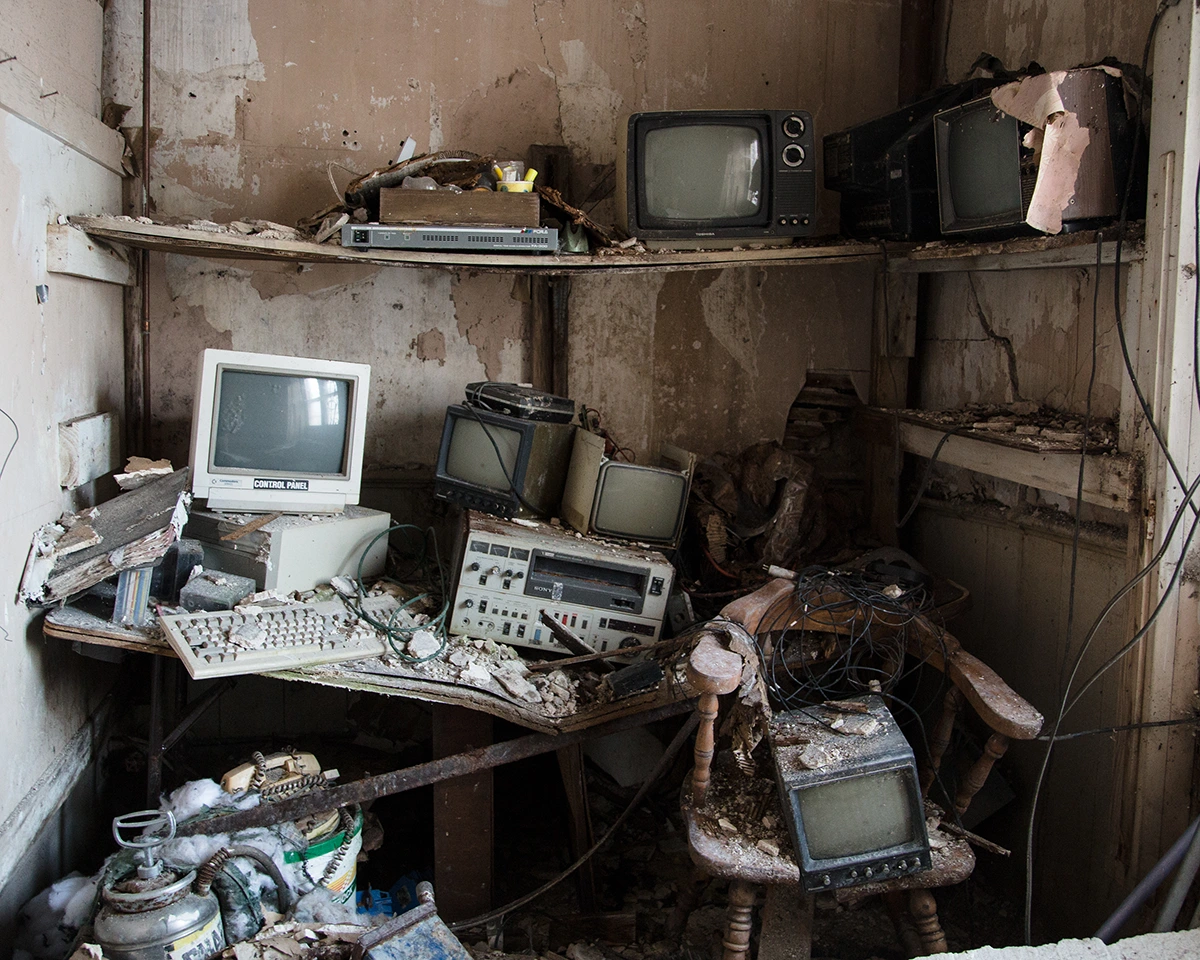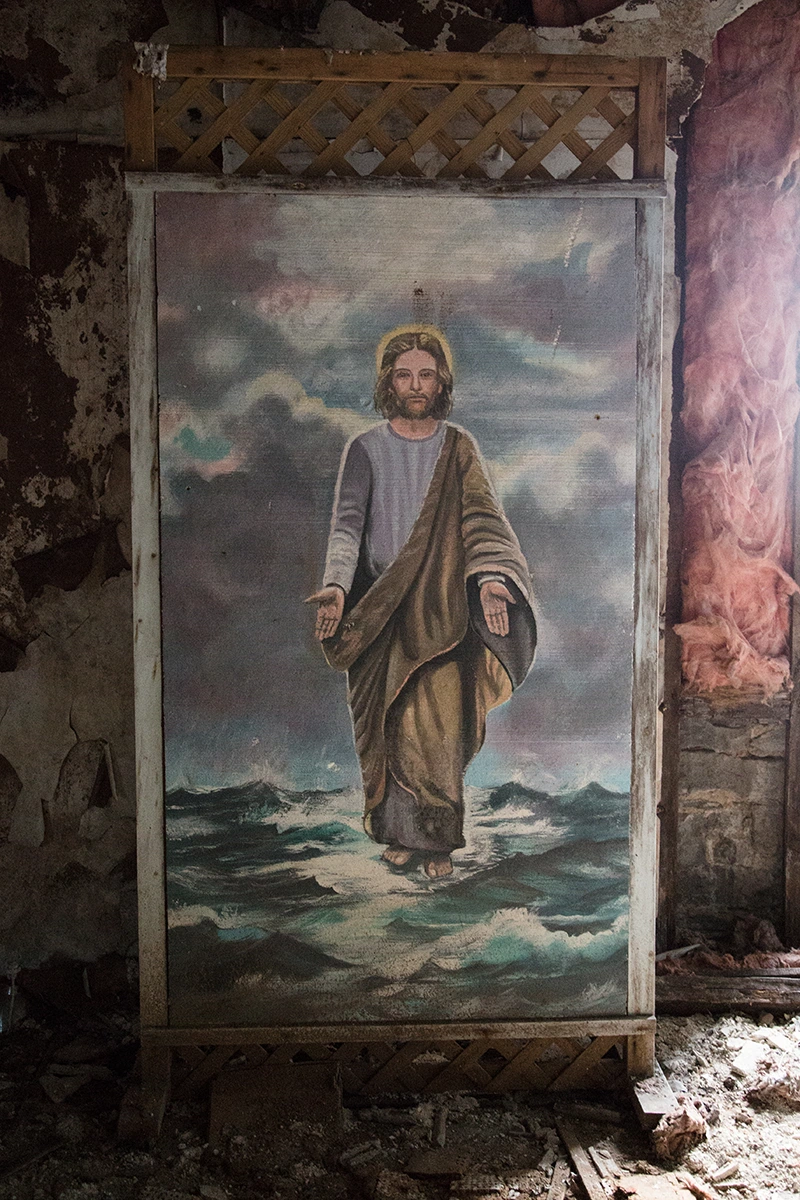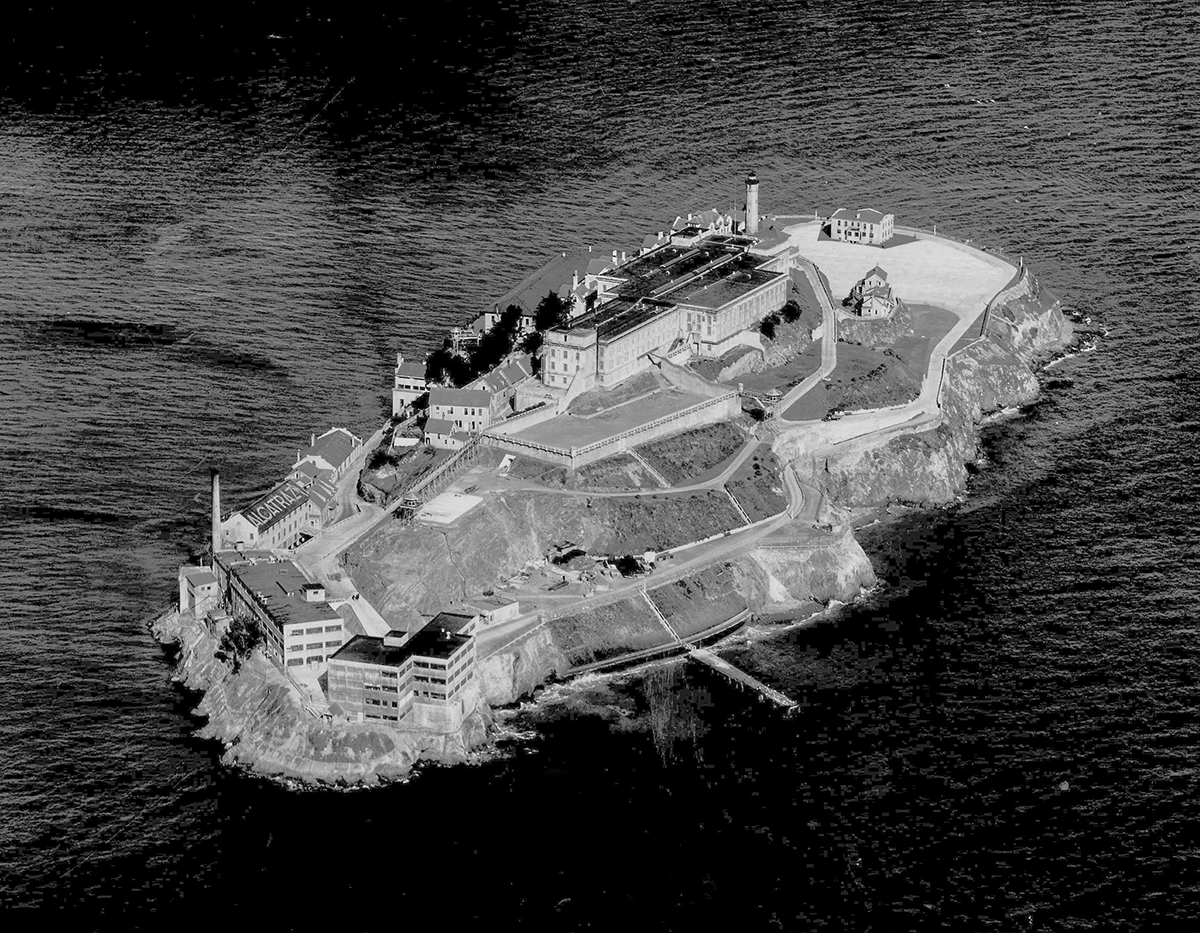Thursday, February 25, 2016
The A.P. Green Fire Brick Refractory was constructed in Mexico, Missouri as the Salamander Stove-Lining Company in 1887. Following several name changes and business reorganizations, Allen Percival Green bought the company in 1910 and renamed the business to the one bearing his name in 1915. The company would become incredibly successful in subsequent years and by World War II, A.P. Green was a major supplier to the U.S. Government's war effort. The success continued from there as the steel industry required bricks that could withstand the increasingly high temperatures of the steel making process and in so doing turned to AP Green who formulated the new KX-99 fire bricks. Notable steel giant Bethlehem Steel was AP Green's largest customer. And it continues from there. The U.S. space program of the 1960's required bricks that could withstand temperatures as high as 4,000 degrees Fahrenheit for which AP Green delivered. AP Green was world-renowned for the quality of their product and was the largest employer in Mexico as well as the economic backbone of the city for decades.
All of the success of the company notwithstanding, AP Green went public in 1966 and was bought by US Gypsum in 1967. US Gypsum ultimately went bankrupt due to issues surrounding their use of asbestos and AP Green closed permanently in 2002. Several companies have come and gone since then and all failed.
In 2020, the majority of this location was demolished.
Click here for video.
Alternate history
When I explored this site and posted it to the blog originally, I didn't want to call it out by name due to my respect for vulnerable historic locations. So I wrote the below ridiculous "alternate history" for what I was simply calling "Factory #2". I'm leaving it here below for entertainment purposes.
Factory #2 was constructed in the early 1900s for the production of the revolutionary, yet dangerous new technology known as the Turbo Encabulator. The Turbo Encabulator supplied inverse reactive current for use in unilateral phase detractors while simultaneously and automatically synchronizing cardinal grammeters. While this was an exciting new technology for obvious reasons, it also had major safety issues associated with its use. For example, the dingle arm was subject to harsh terminal inflection points which caused catastrophic failure to the magneto reluctance capacitor. When the spurthing bearings in the capacitor were heated up beyond the cooling capacity of the hydrocoptic marsal veins, the entire converter unit was capable of initiating a fission reaction and subsequently exploding through the dorsal extraction point.
By 1978, there were 100,000 fatalities directly related to the use of their products. Families and Next of Kin filed a class action lawsuit. The suit was tied up in courts for years as a result of improper filing. Specifically, form 420(a) which pertained to the shareholders' derivative action was sequestered by the philharmonic severance council. The simultaneous action death act was instated to resolve the legal "sine qua non". Eventually, 10 years later, the Solicitor General had to get involved and it seemed like progress would finally be made and families would recoup some of their speculative damages. But soon it was discovered that the Solicitor General was married to the CEO's daughter in law. Furthermore, she was employed with a hitherto undisclosed government entity which was the Corporation's biggest client. As it turned out, the Federal Government was using the Turbo Encabulator in "black ops" projects overseas and as a result, this became a national security issue. Eventually the government discontinued use of the device and the lawsuit was once again pushed forward now decades later. The families eventually won the settlement and the corporation filed bankruptcy. After the factory was sold, it was converted to an asbestos manufacturing plant and it continued production in this capacity until it ultimately shut down about 5 years ago.
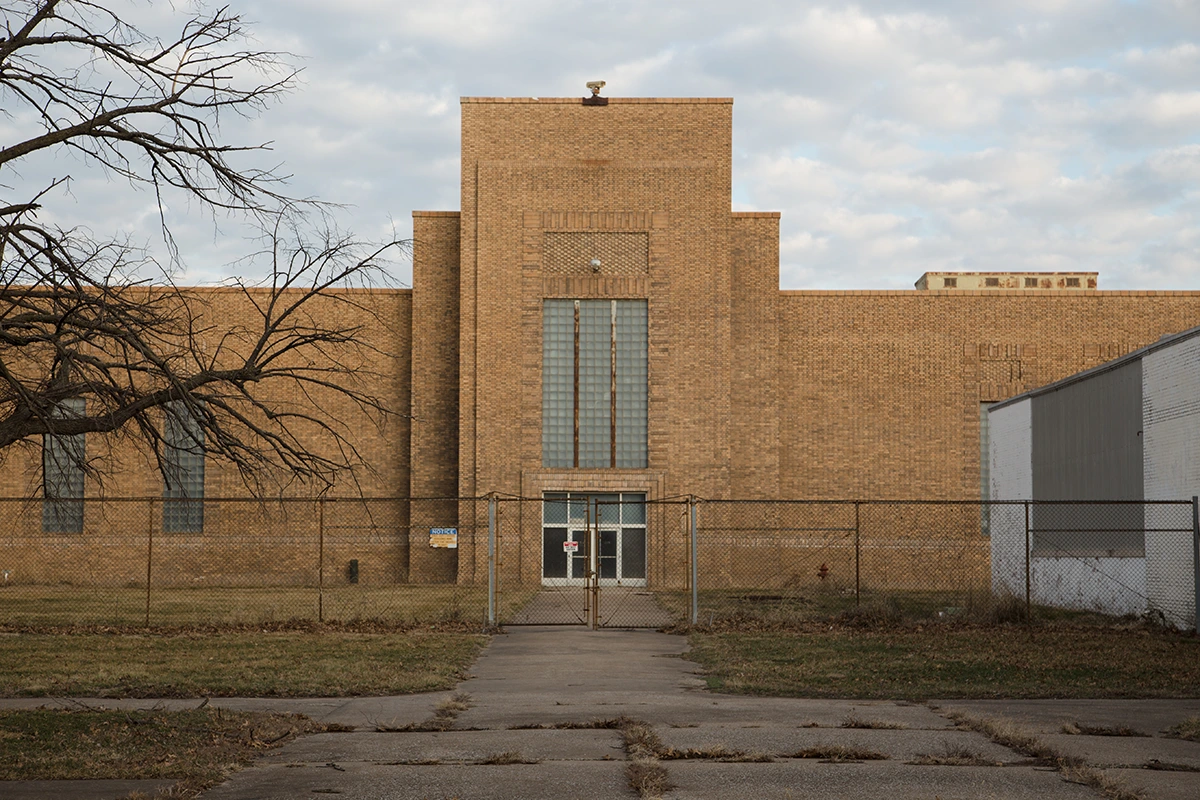
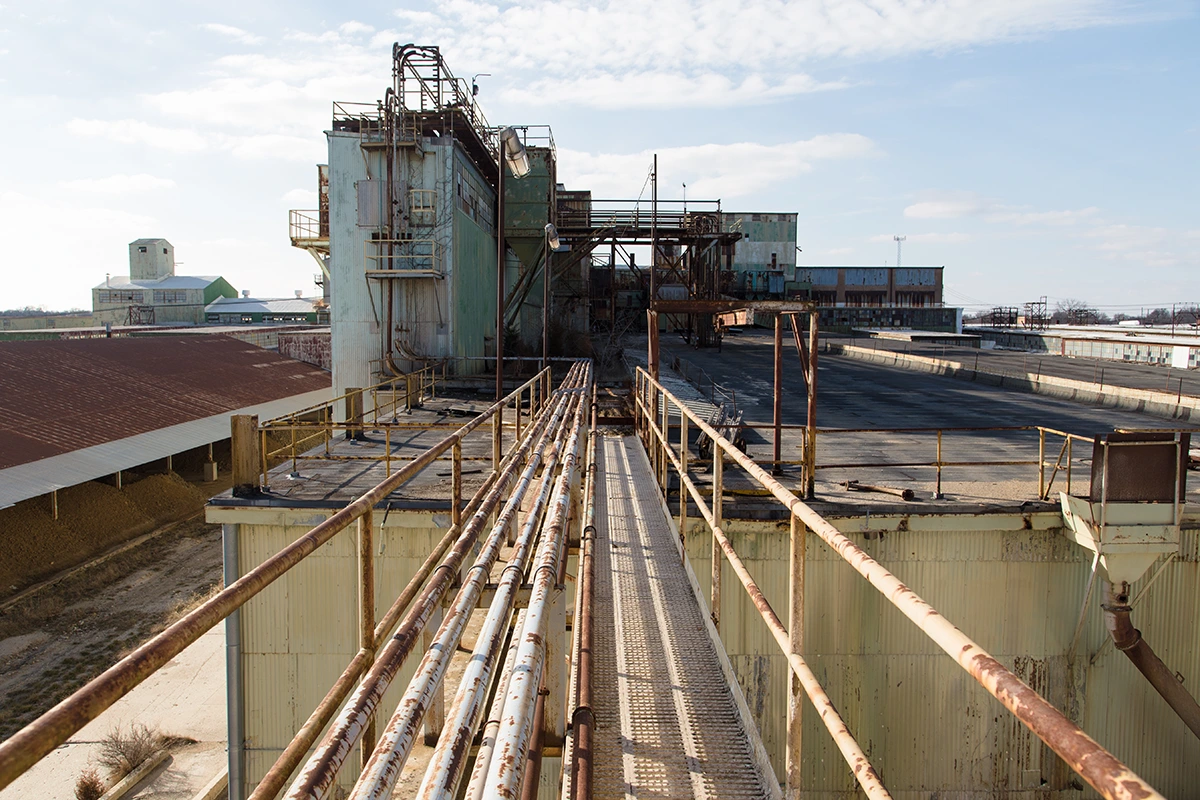
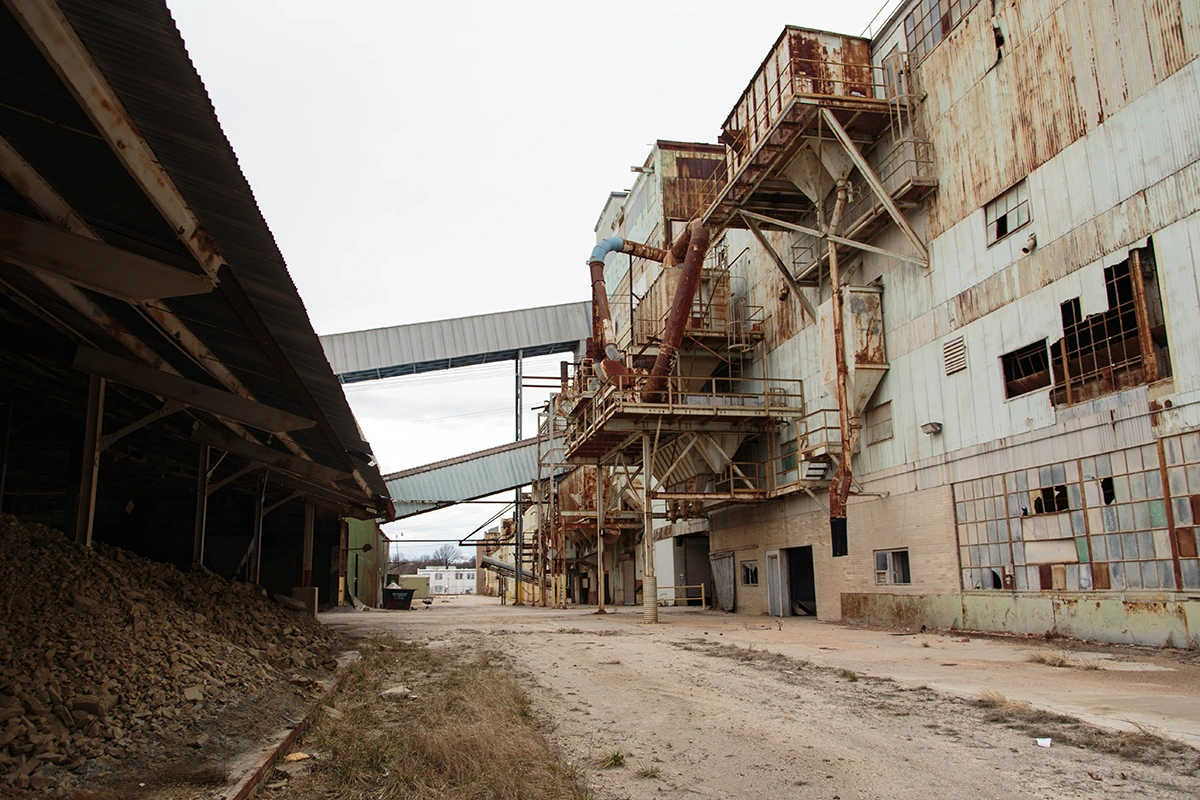
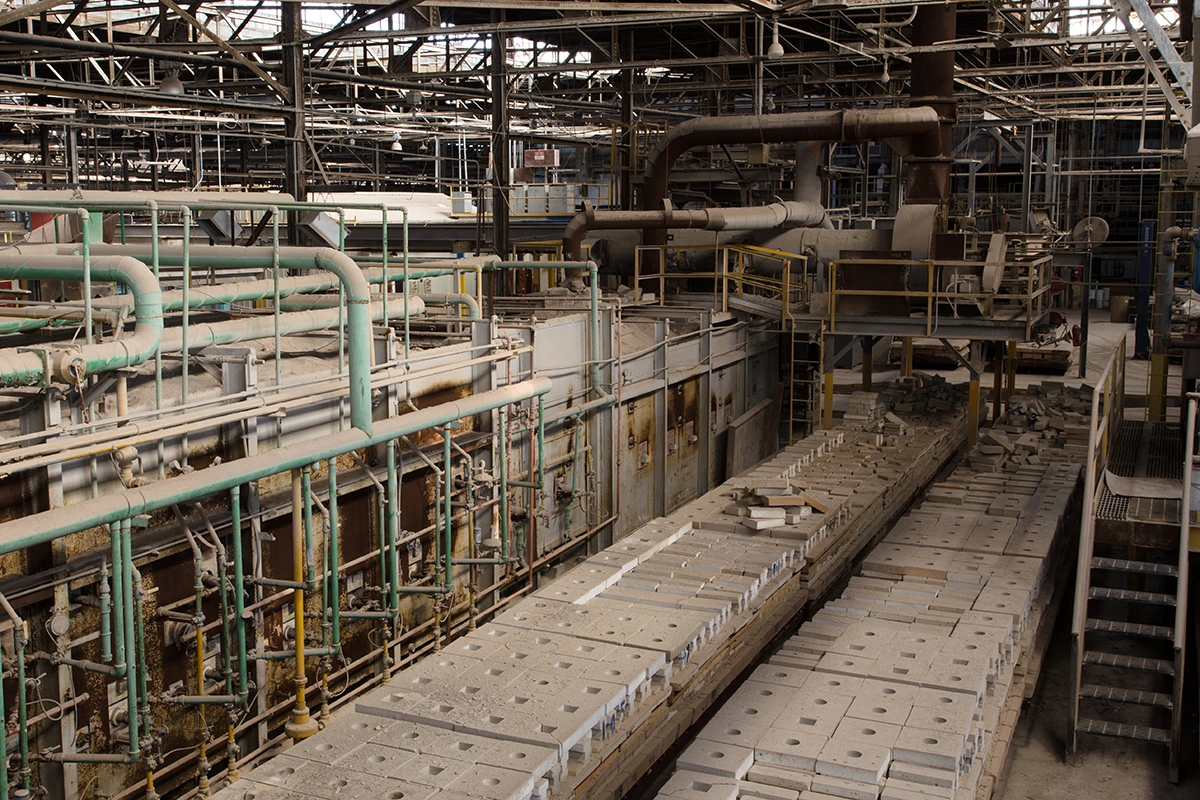
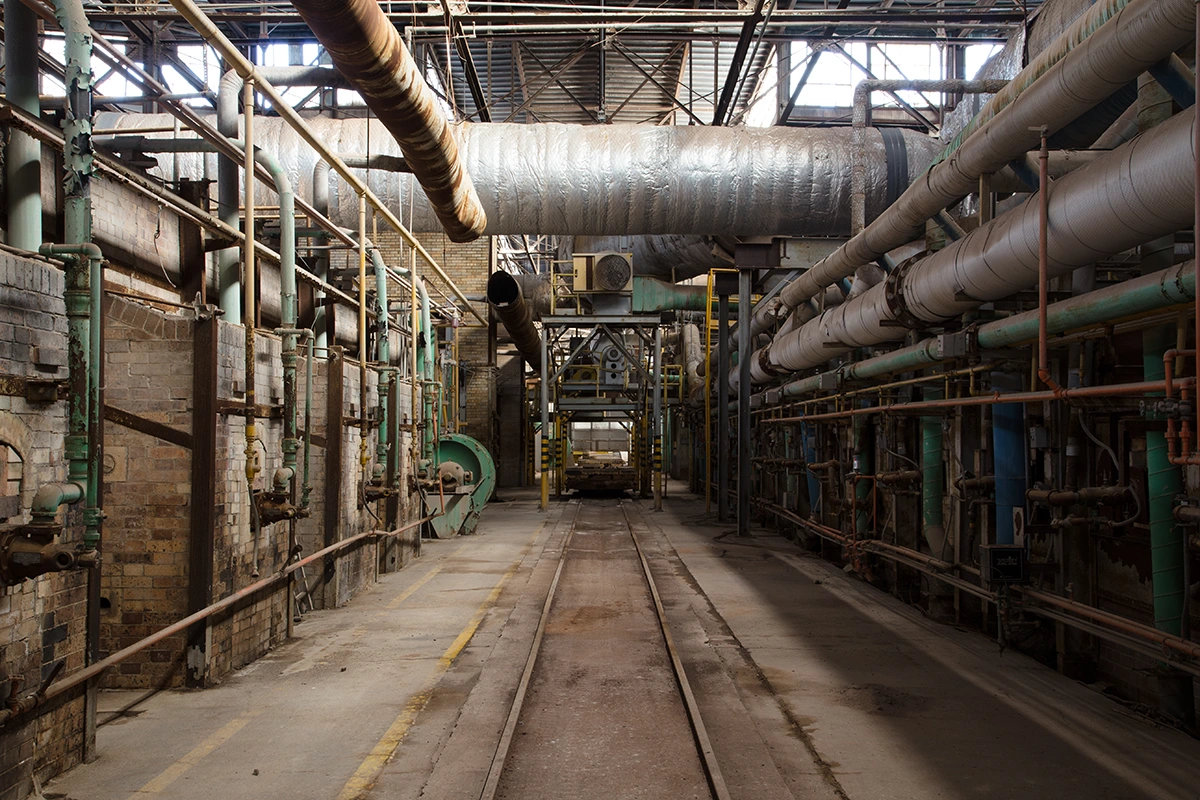
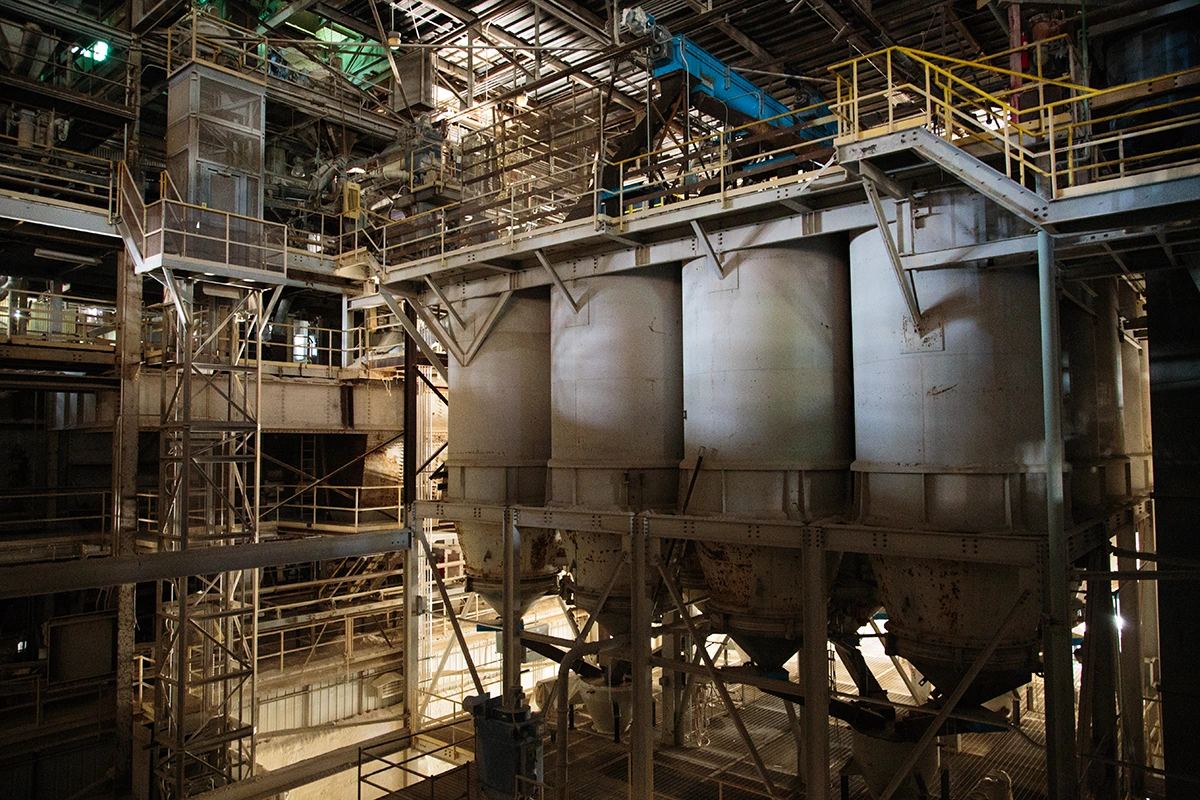
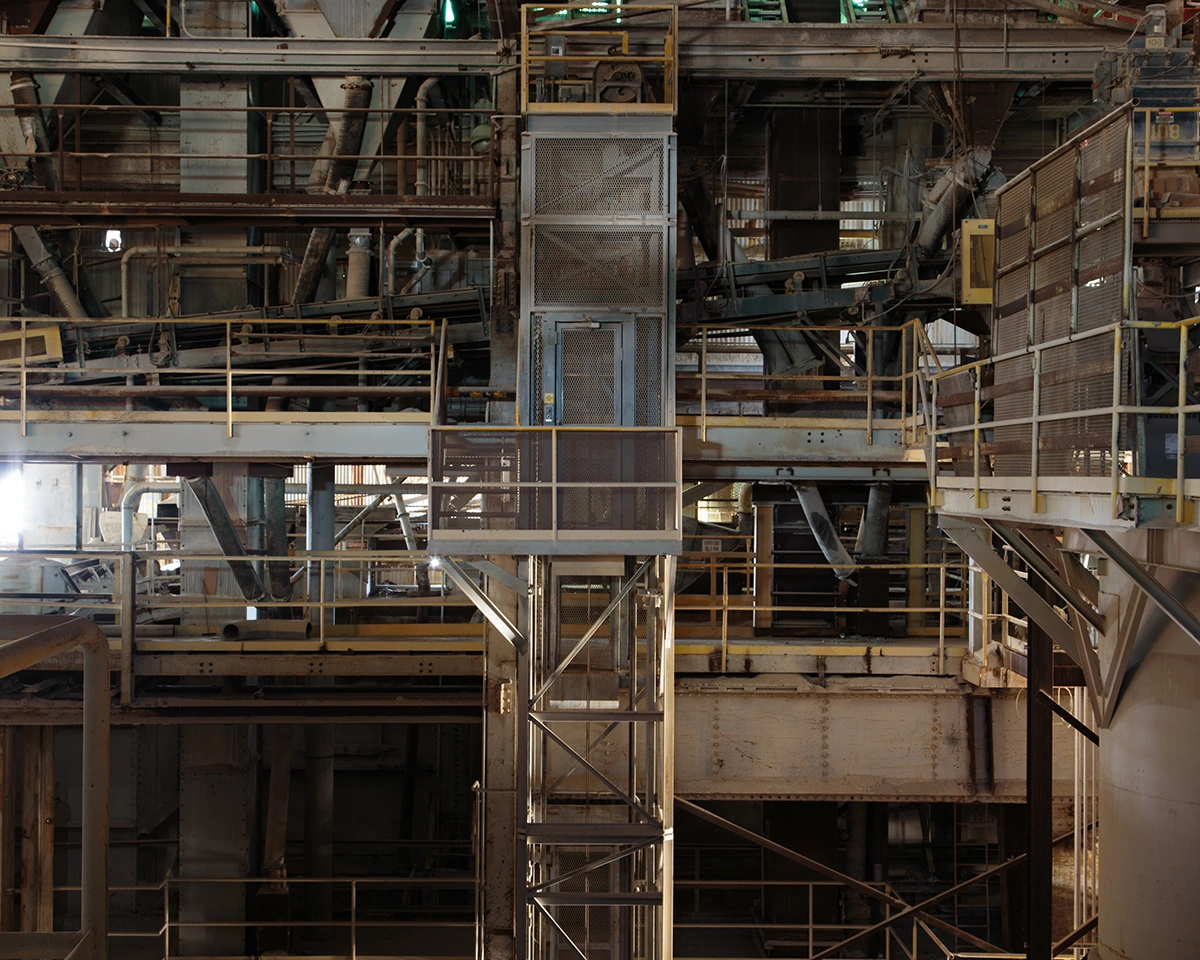
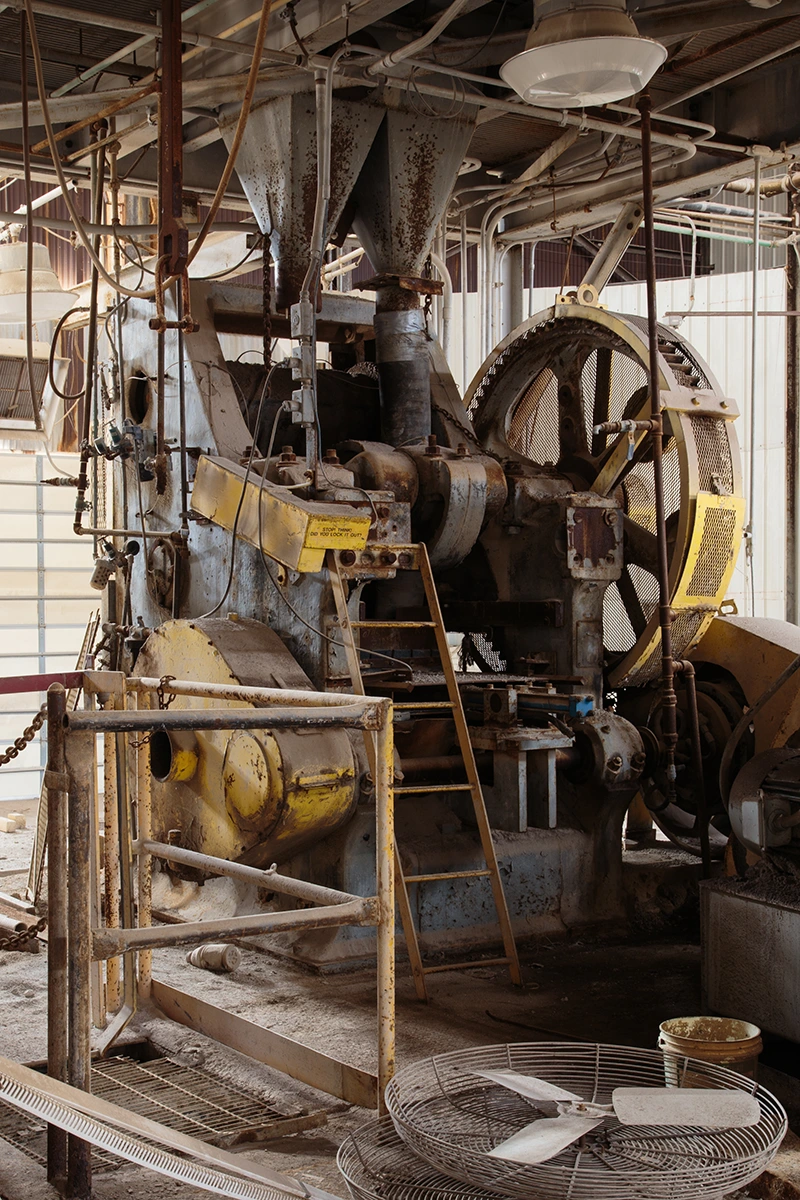
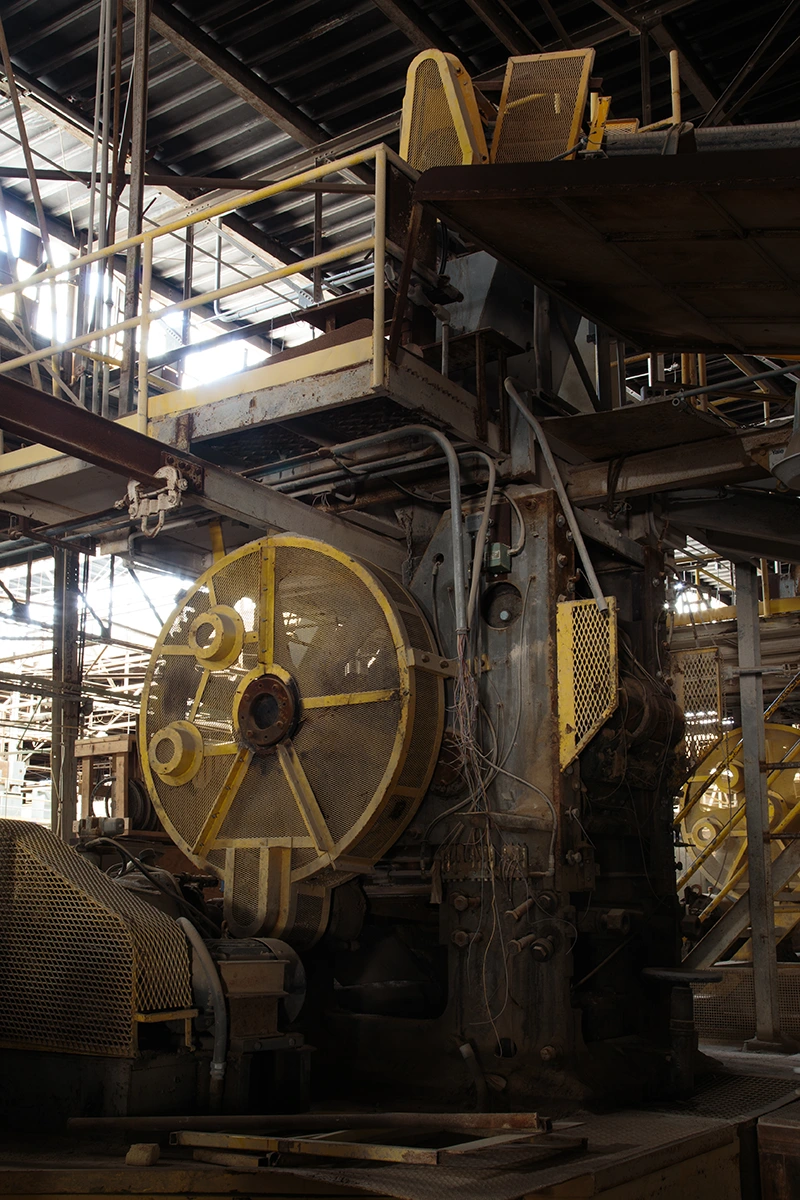
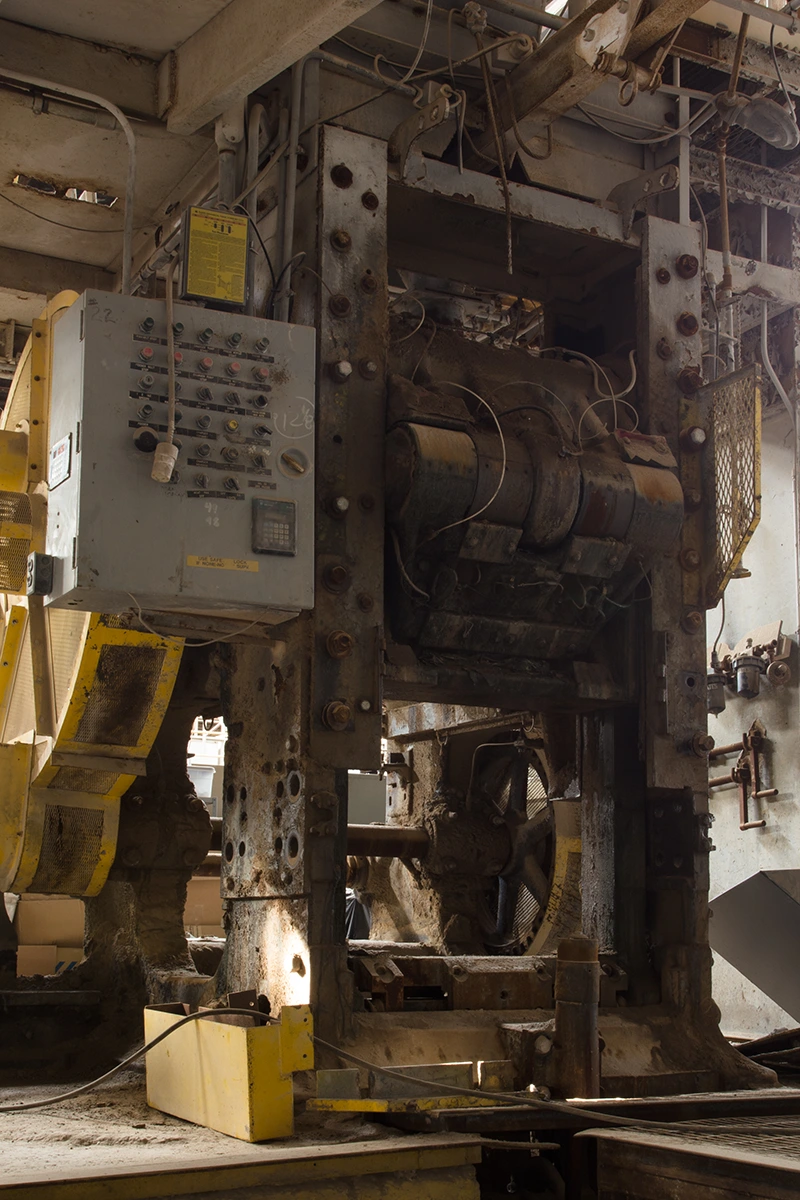
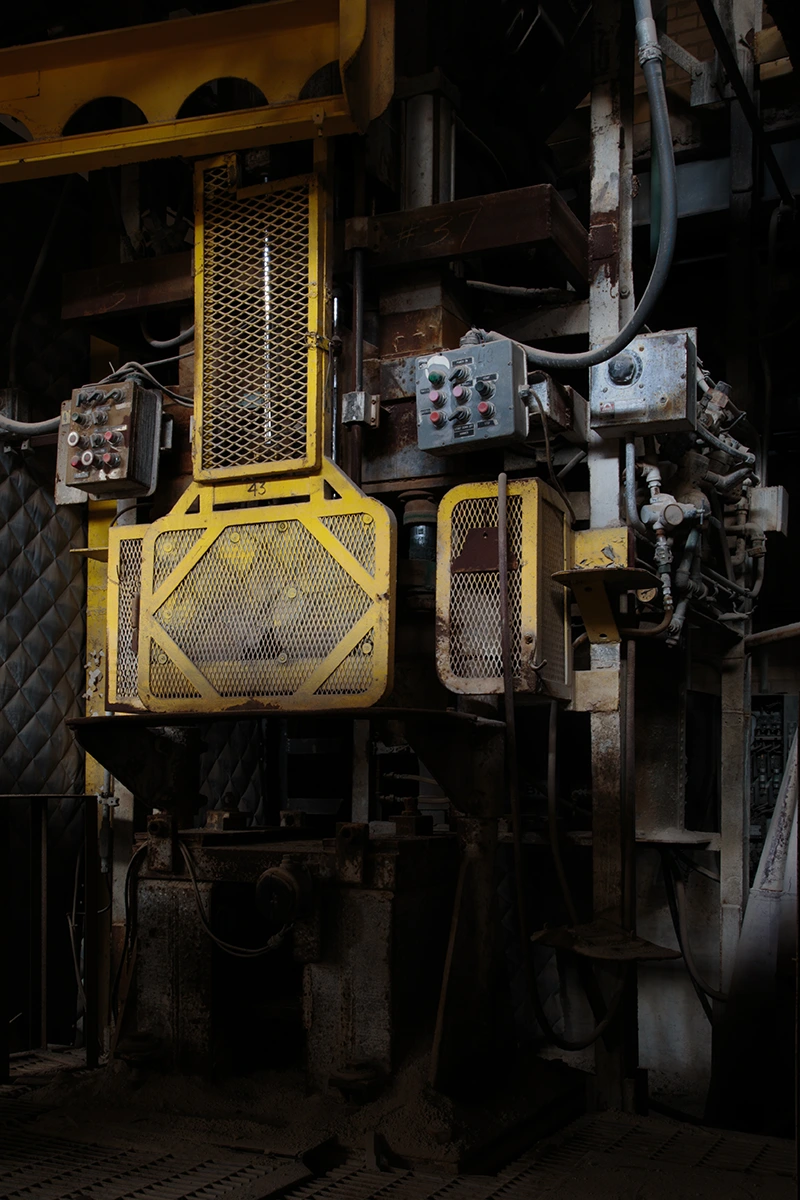
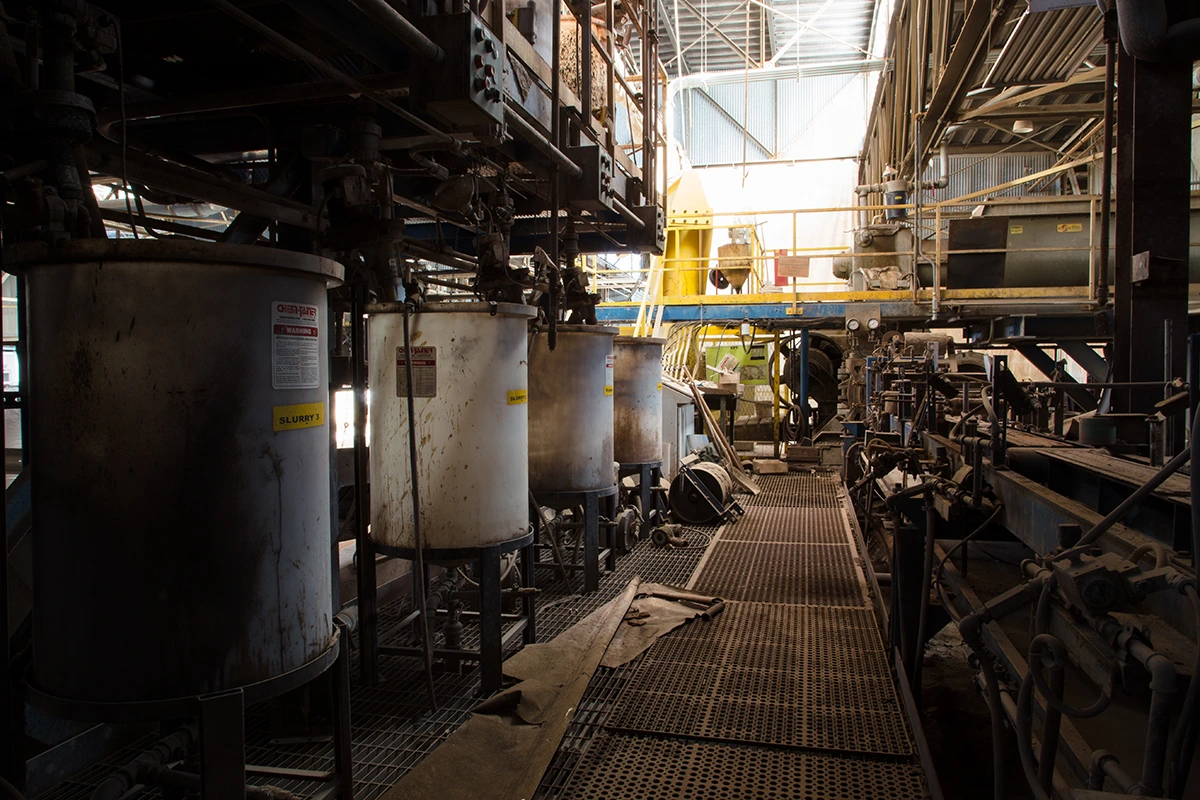
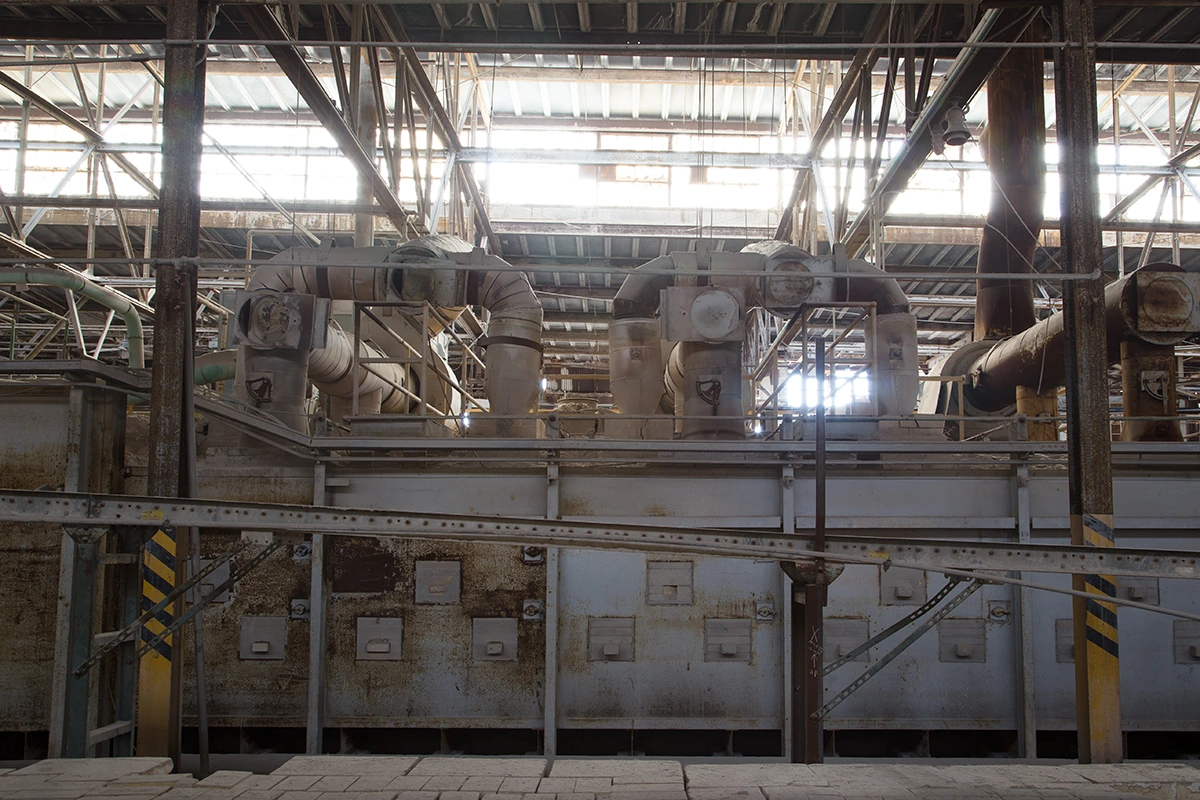
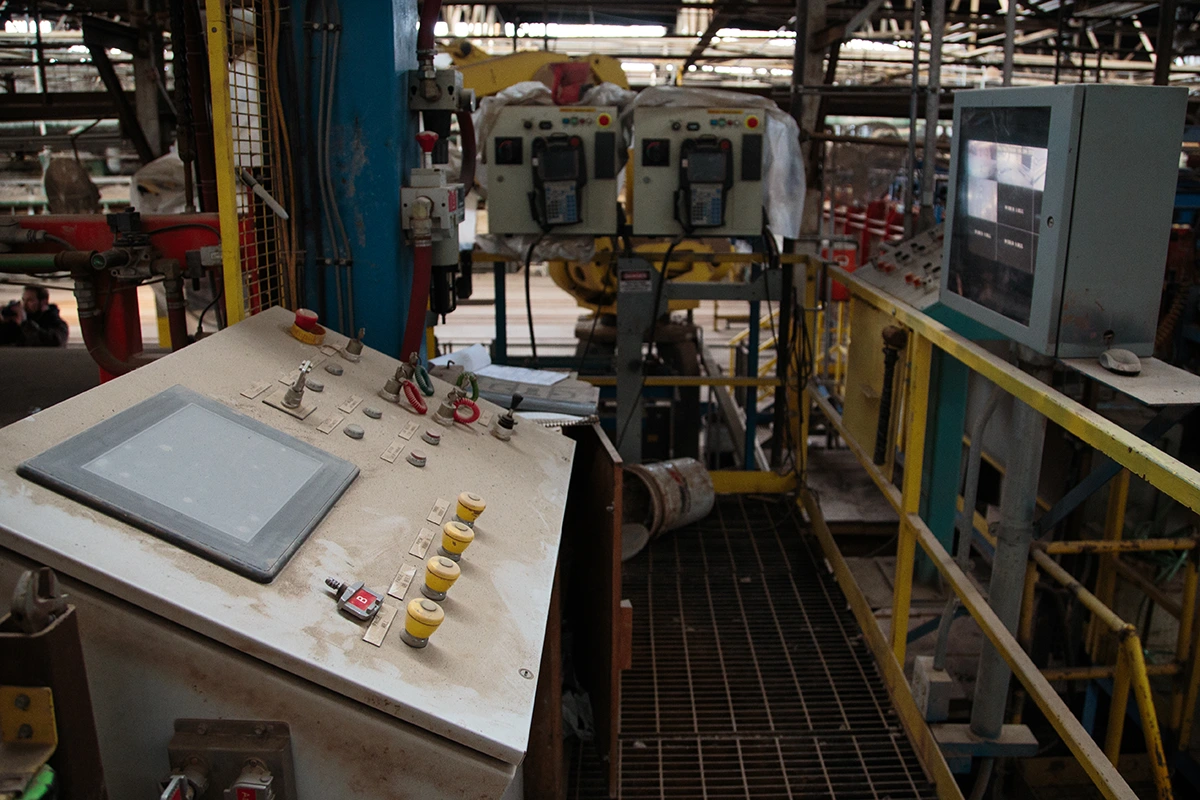
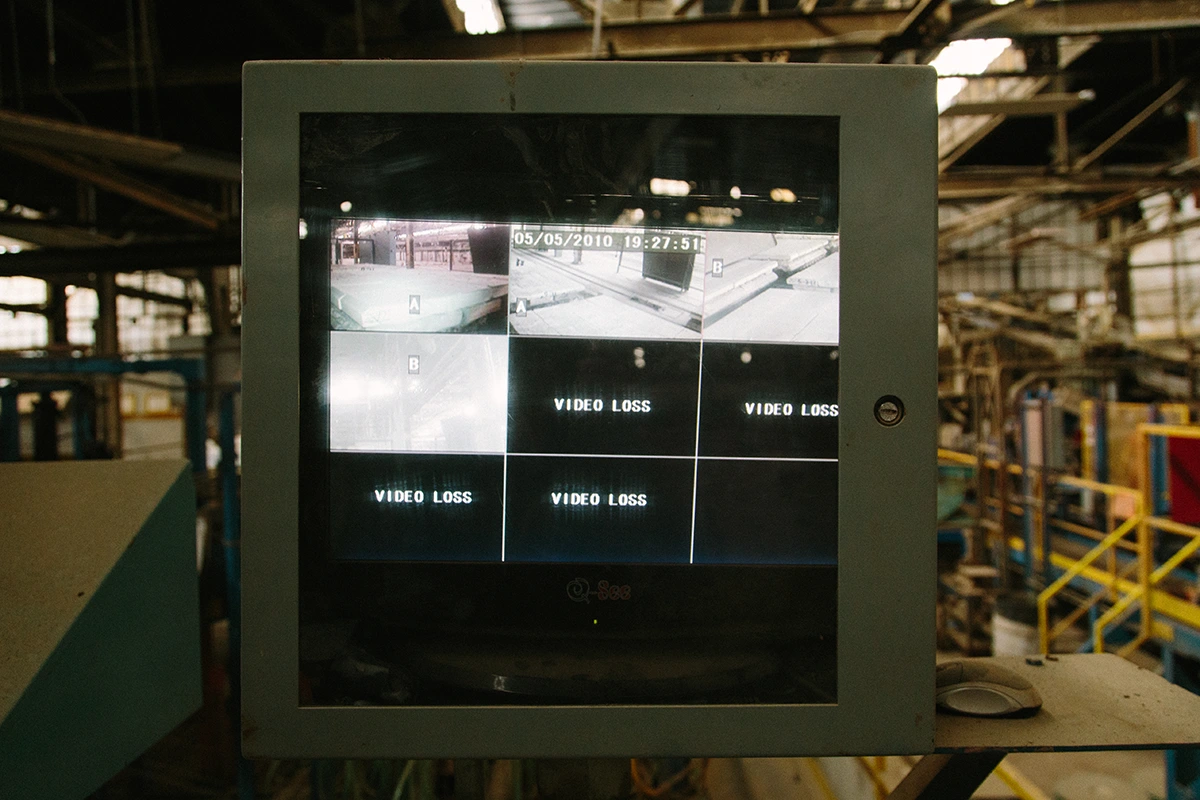
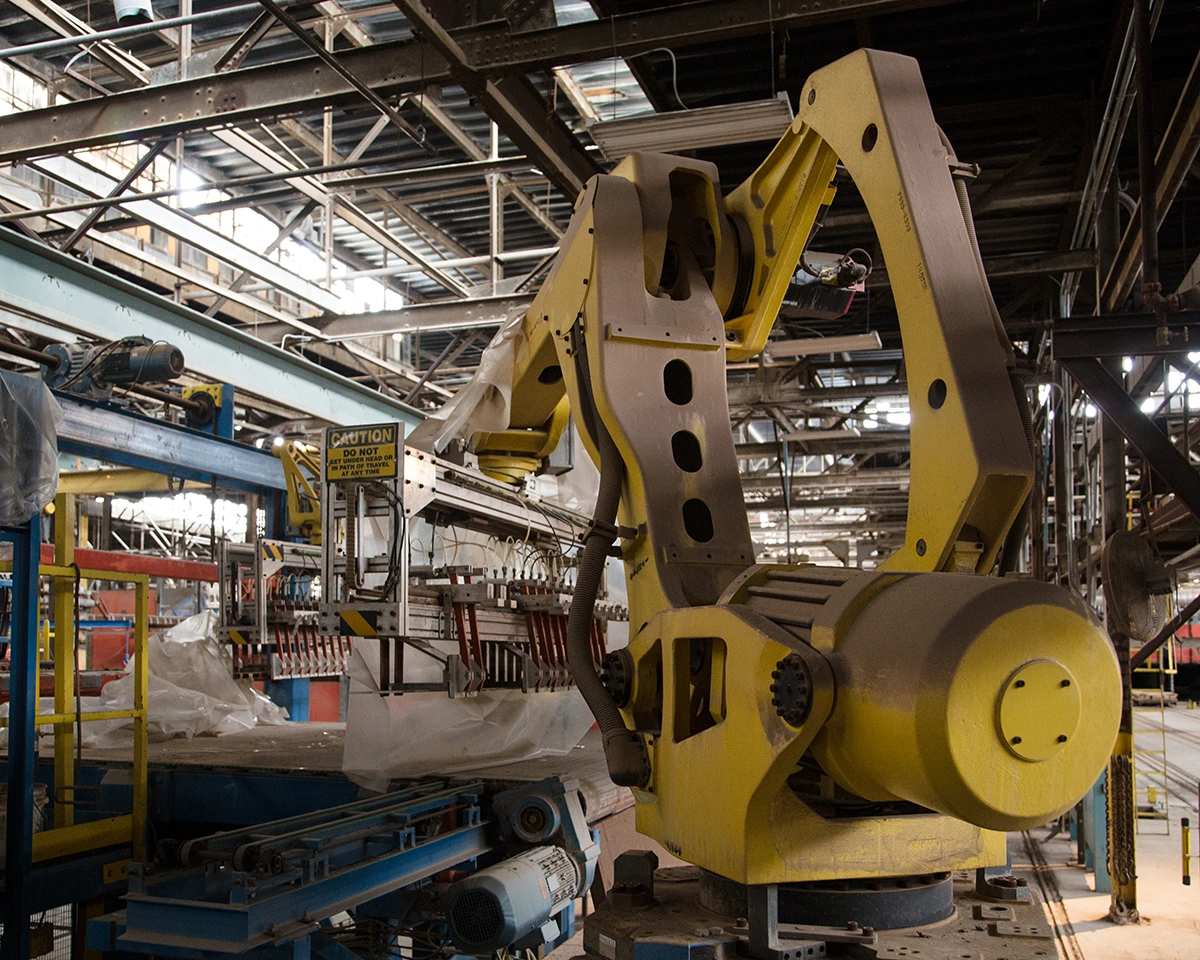
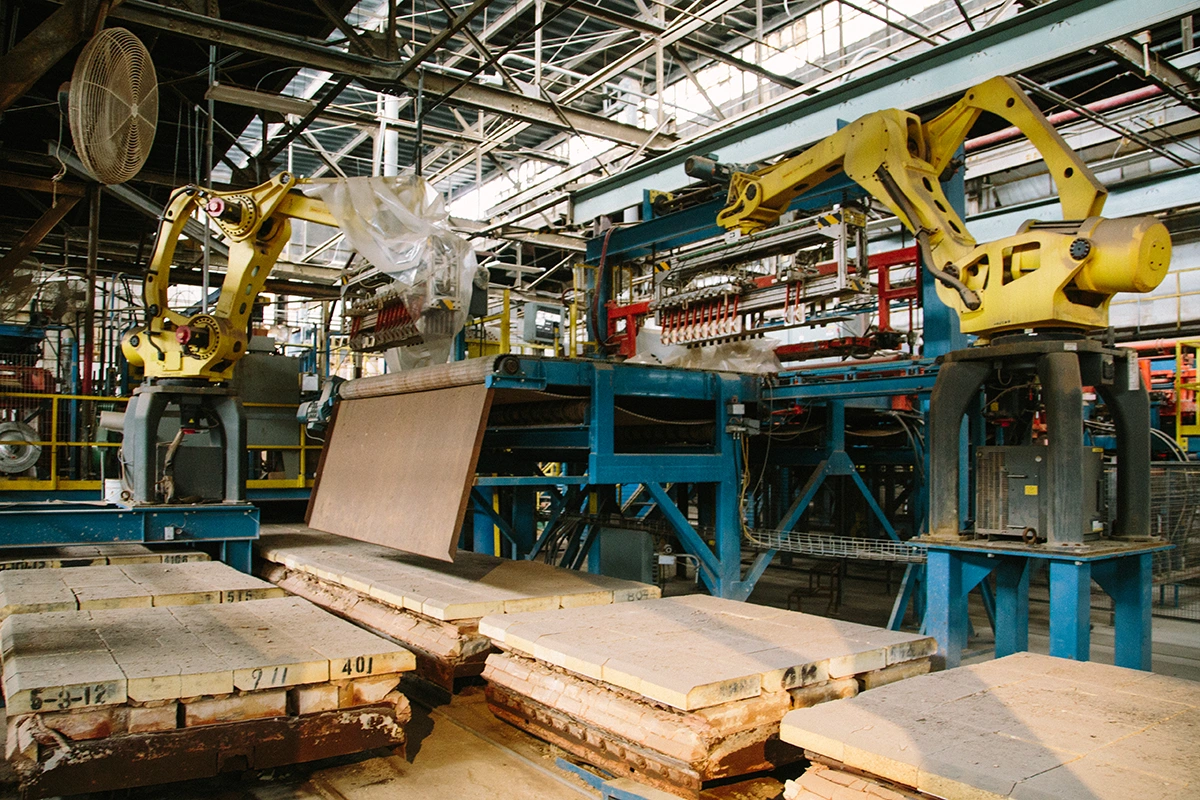
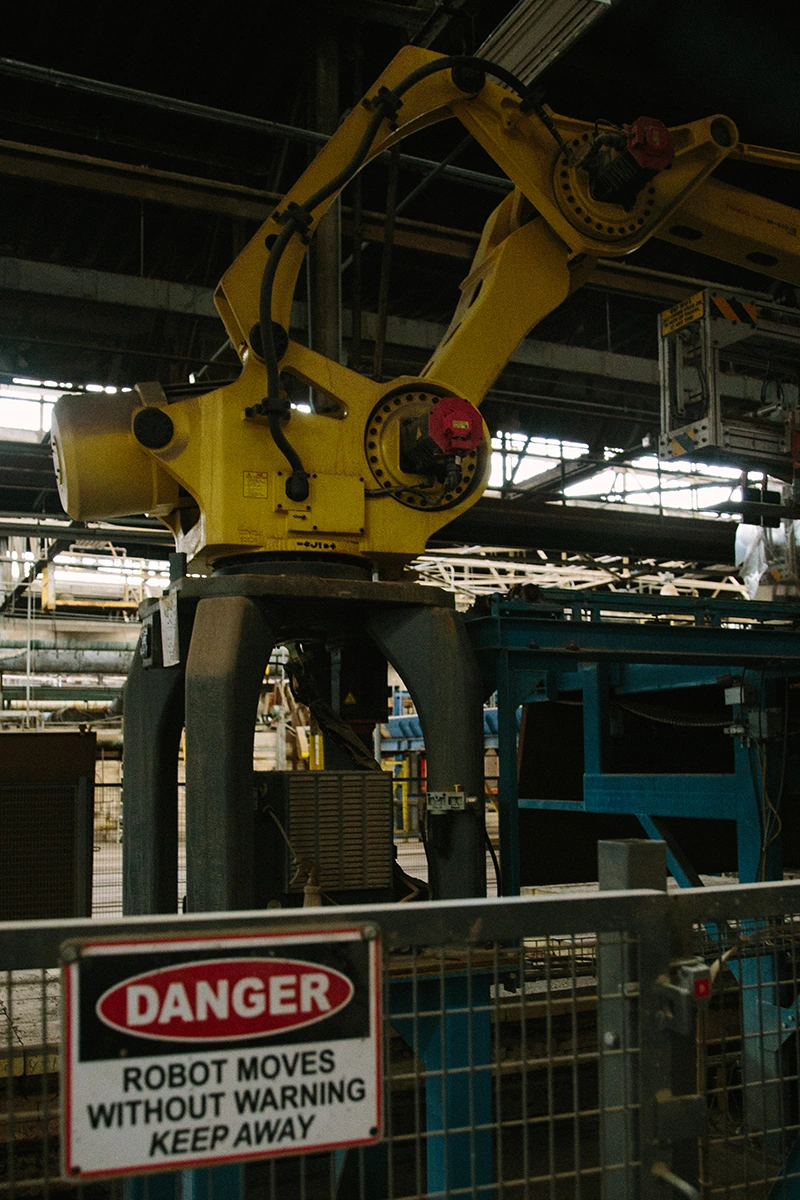
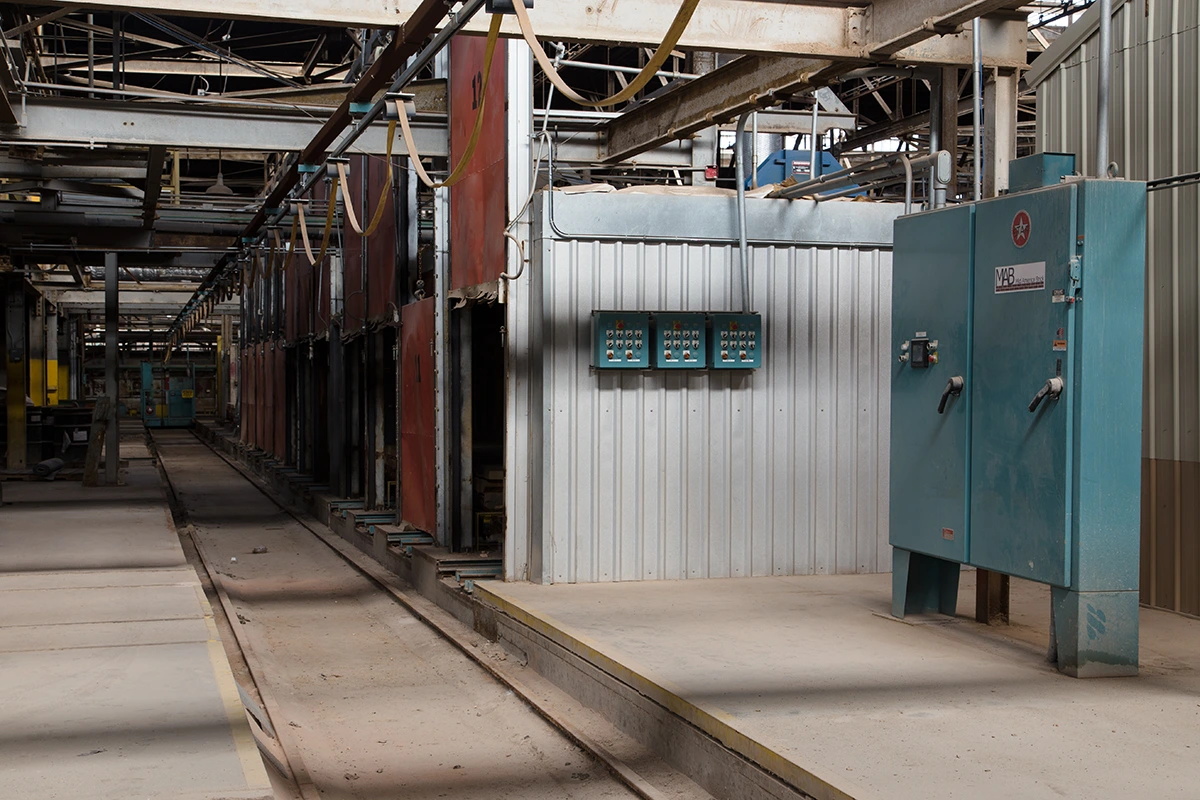
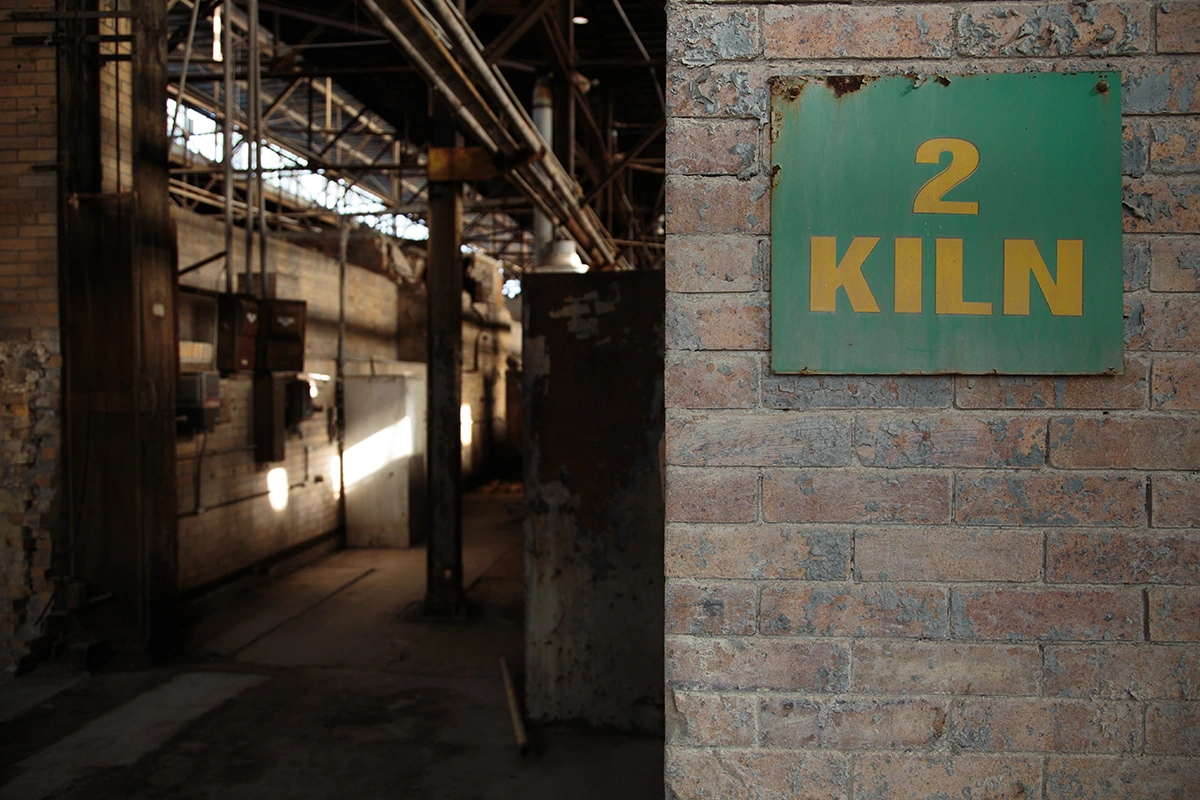
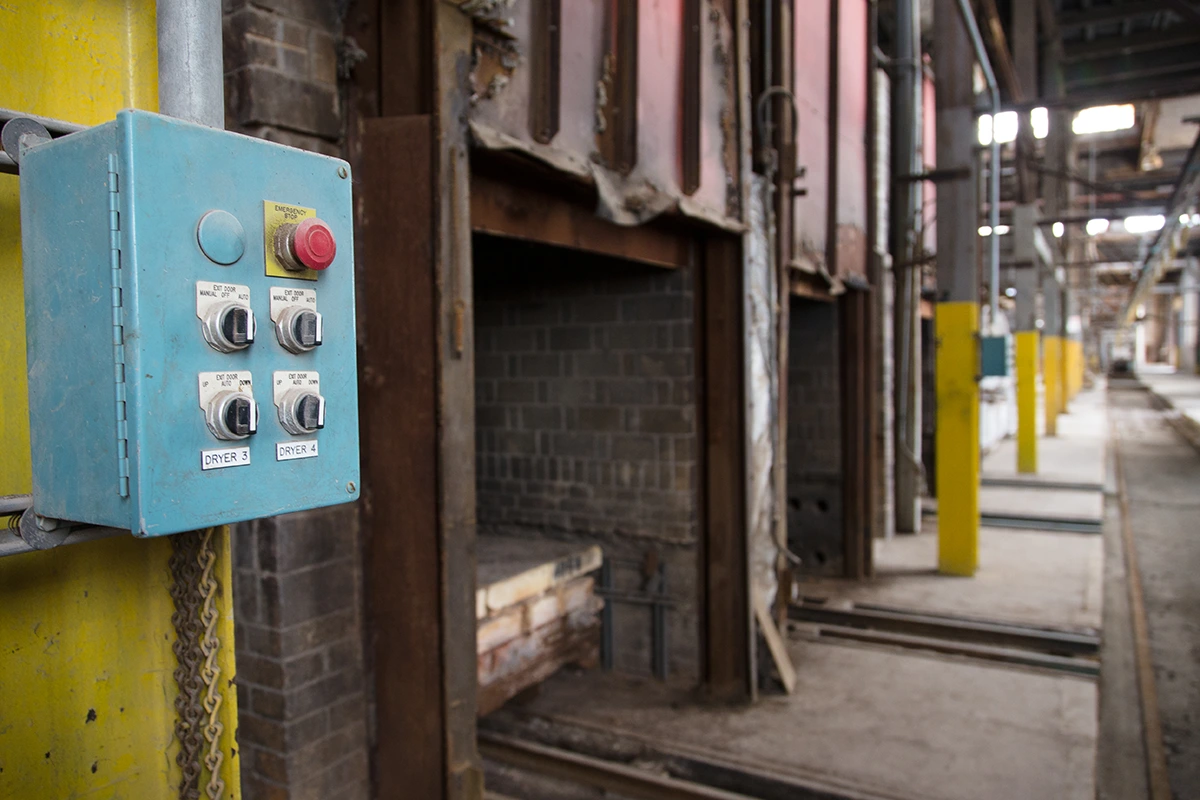


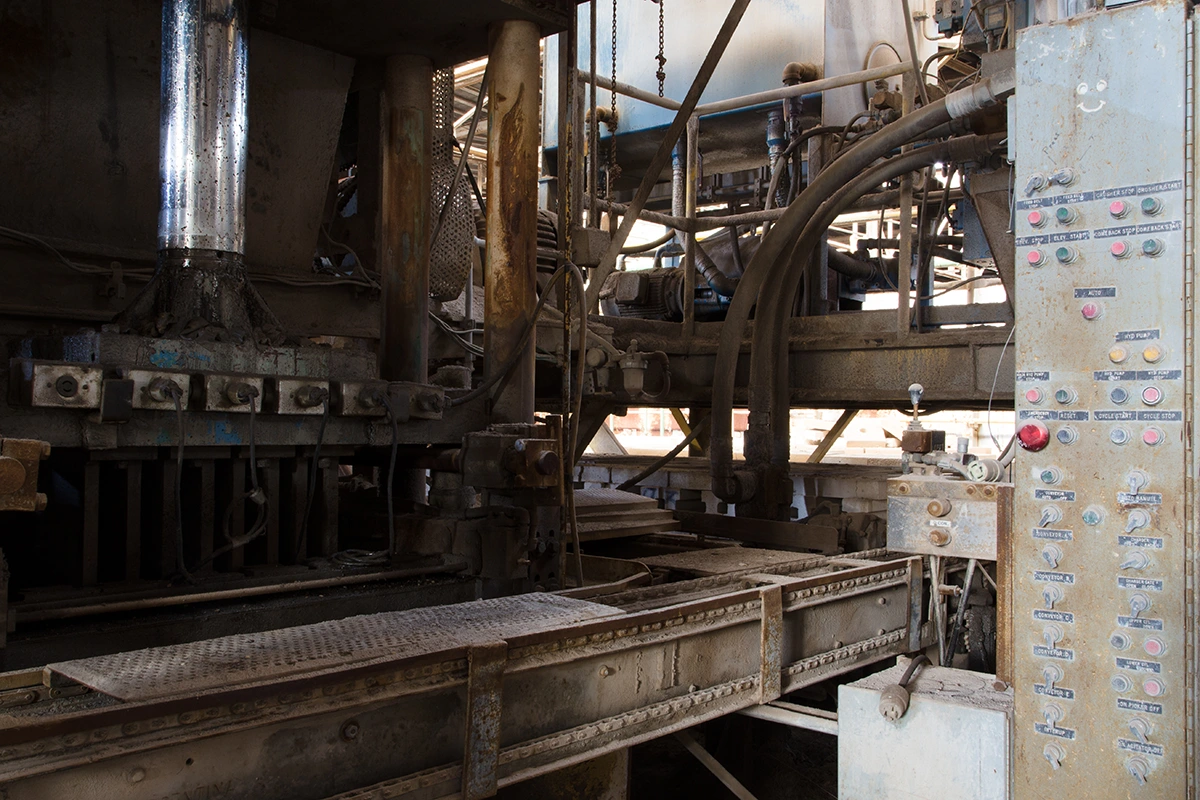

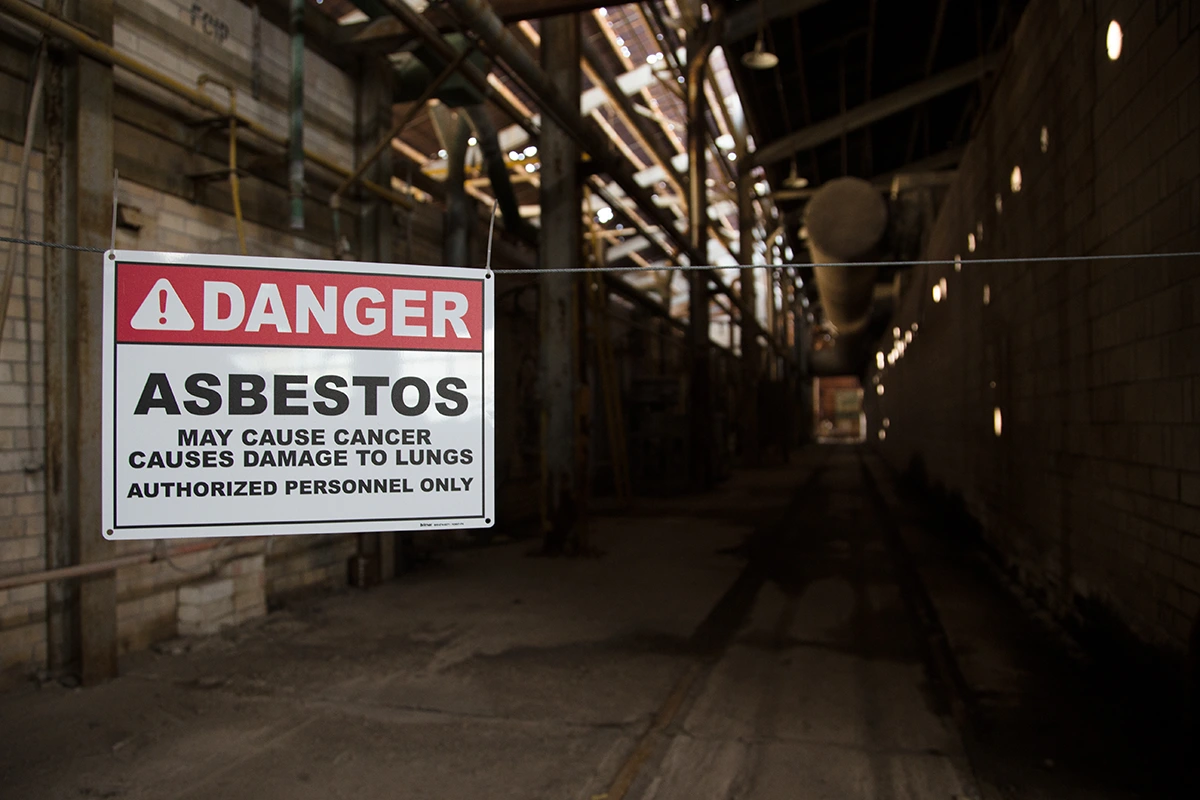
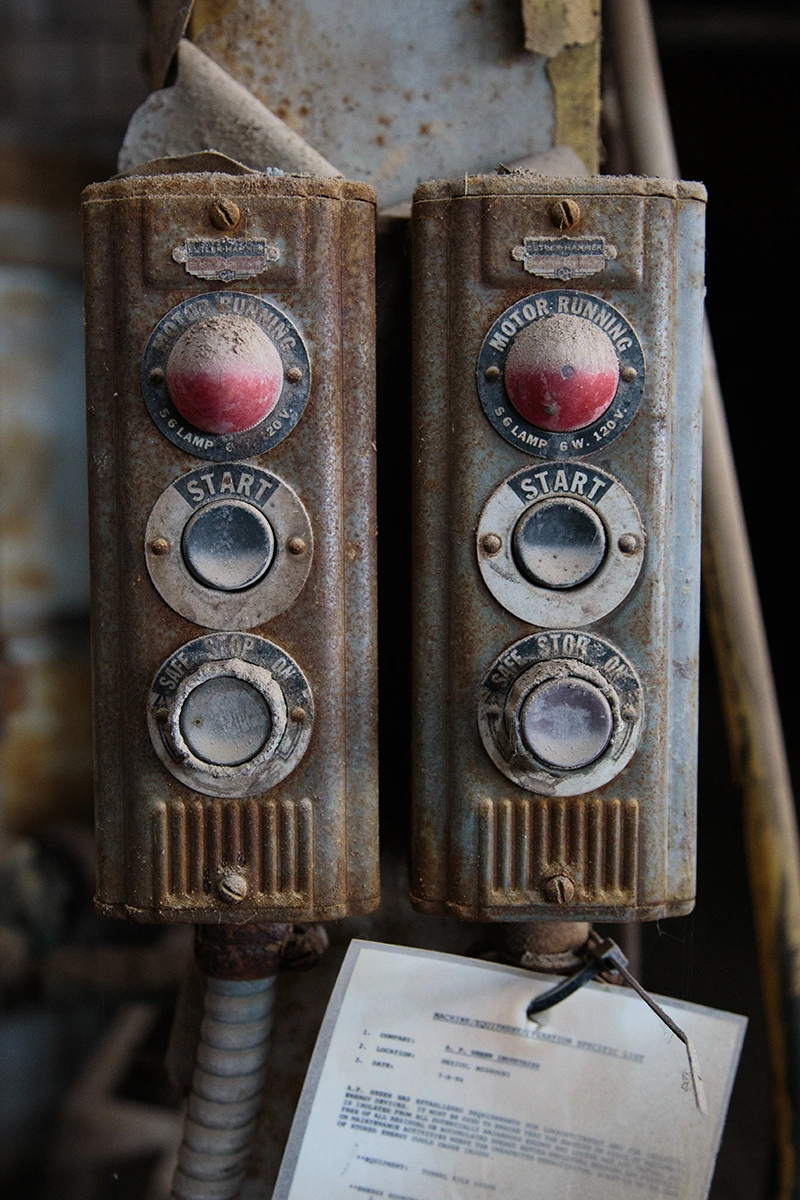
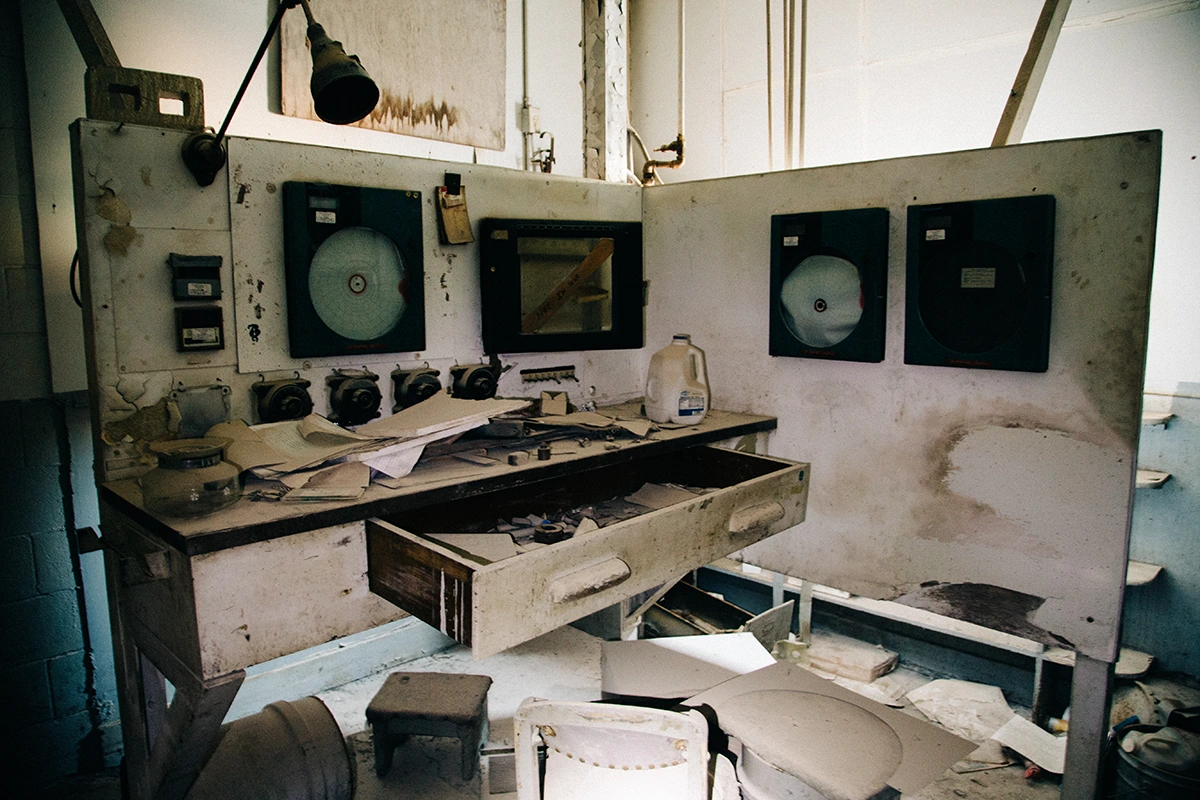
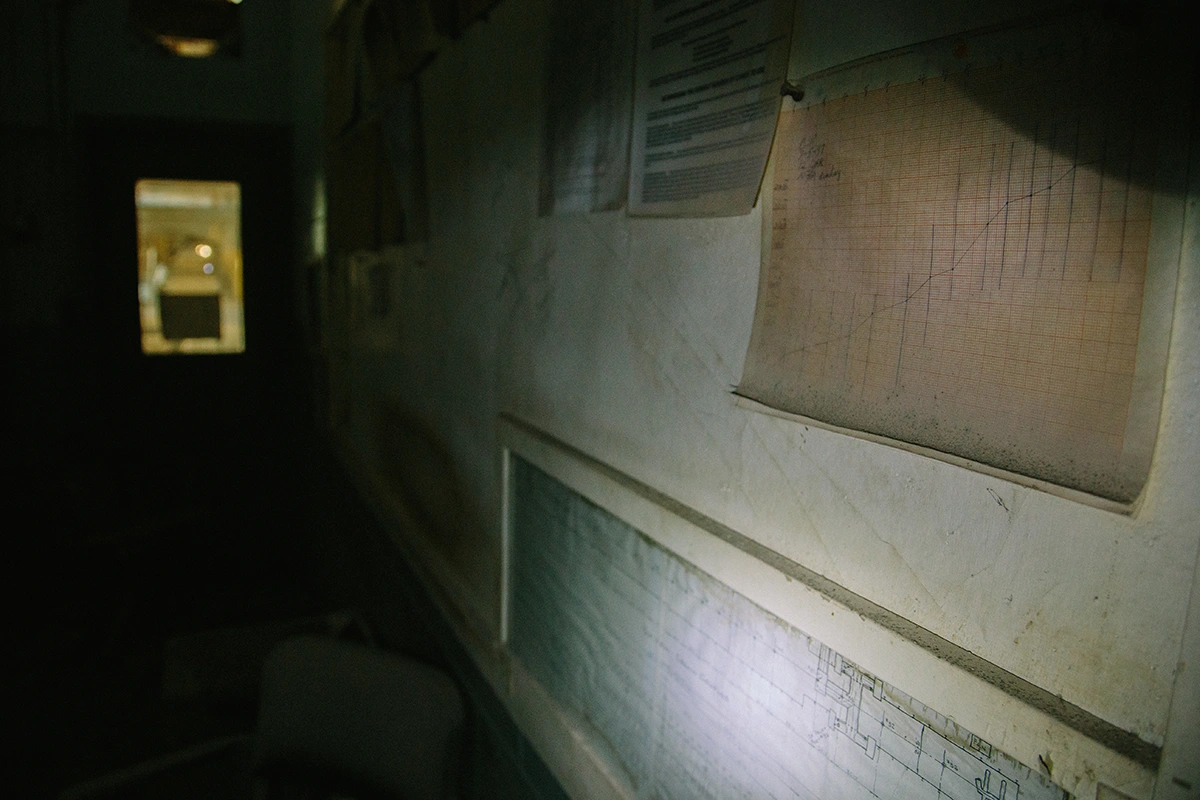
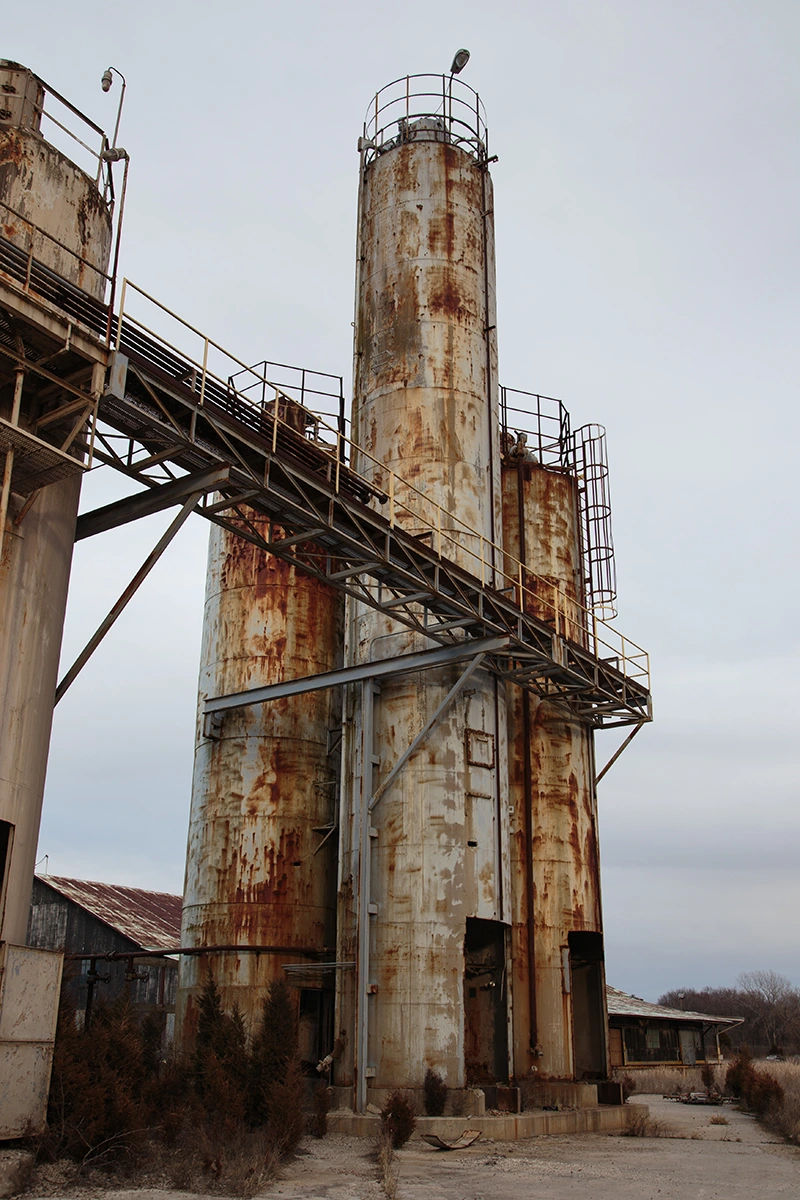
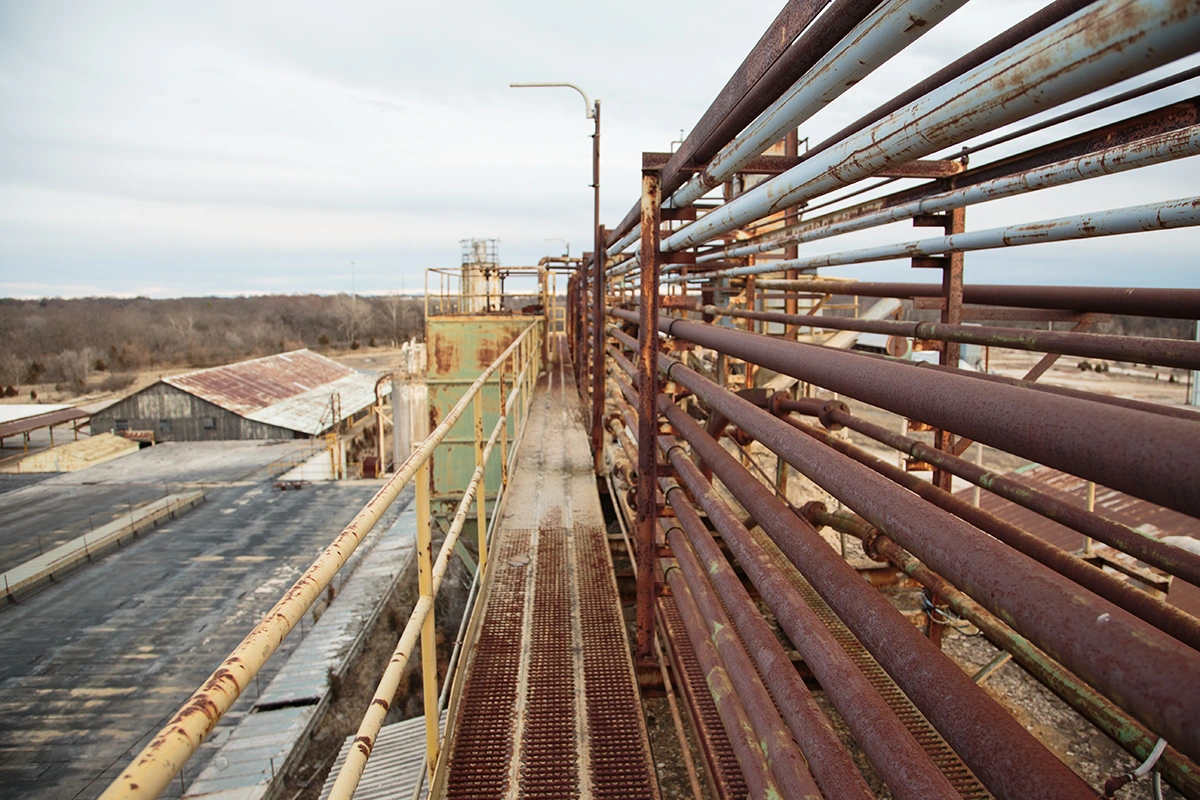
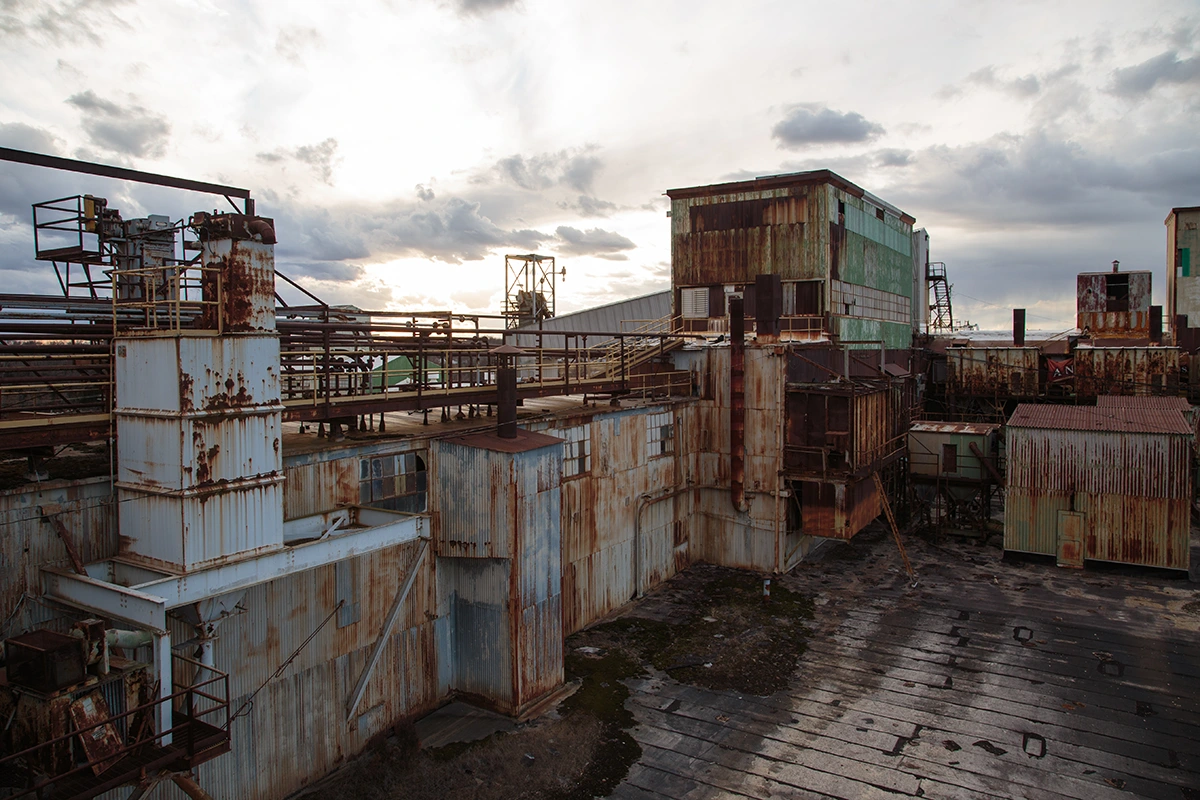
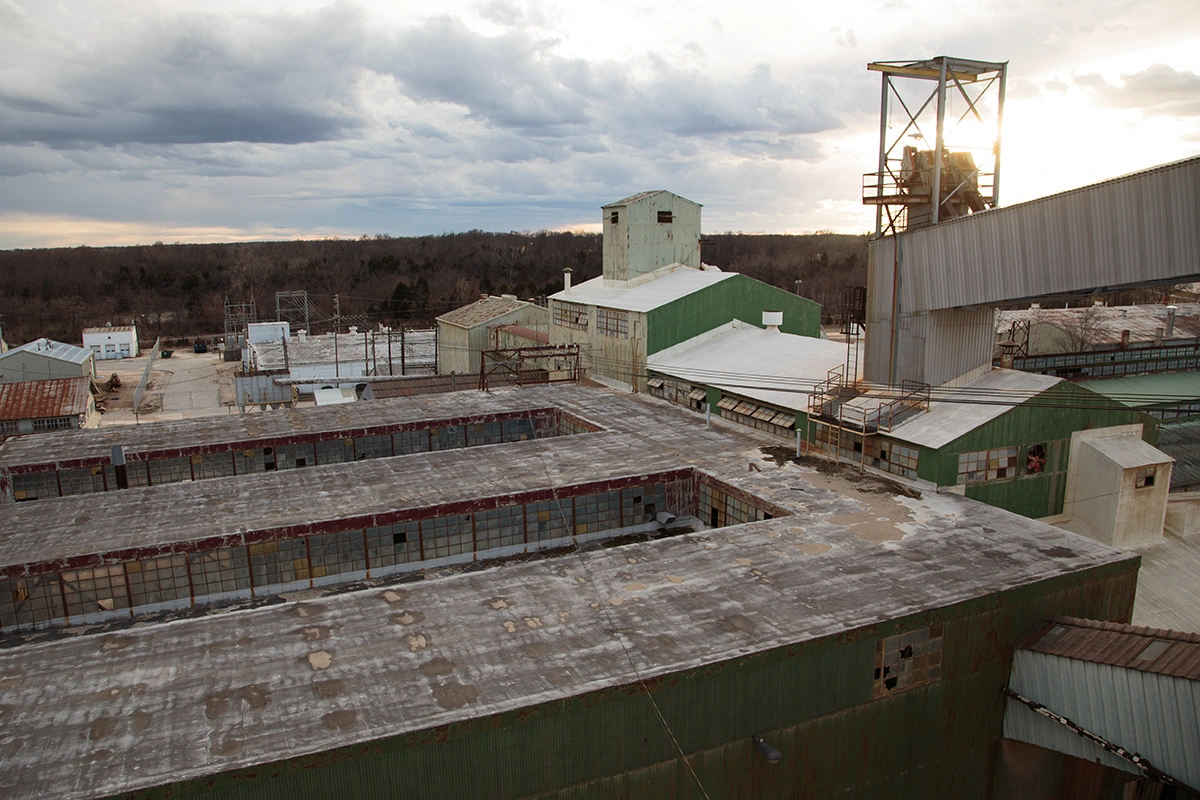
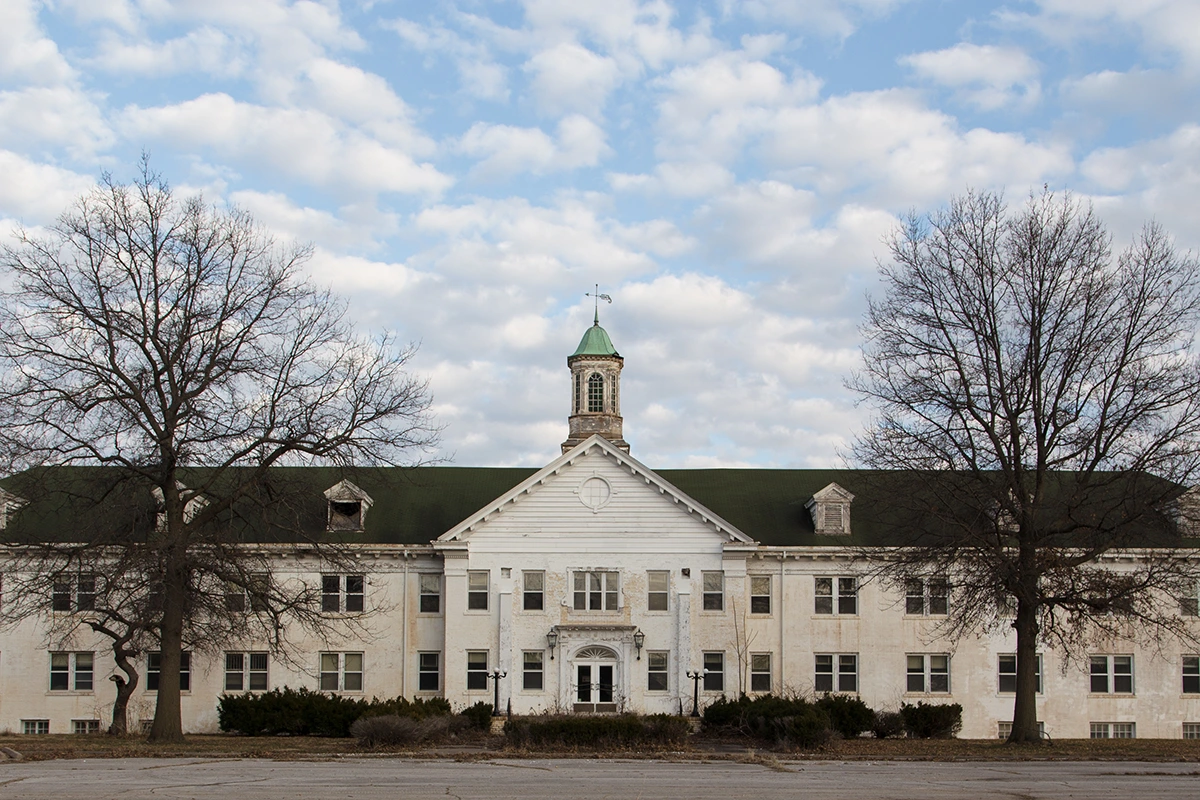
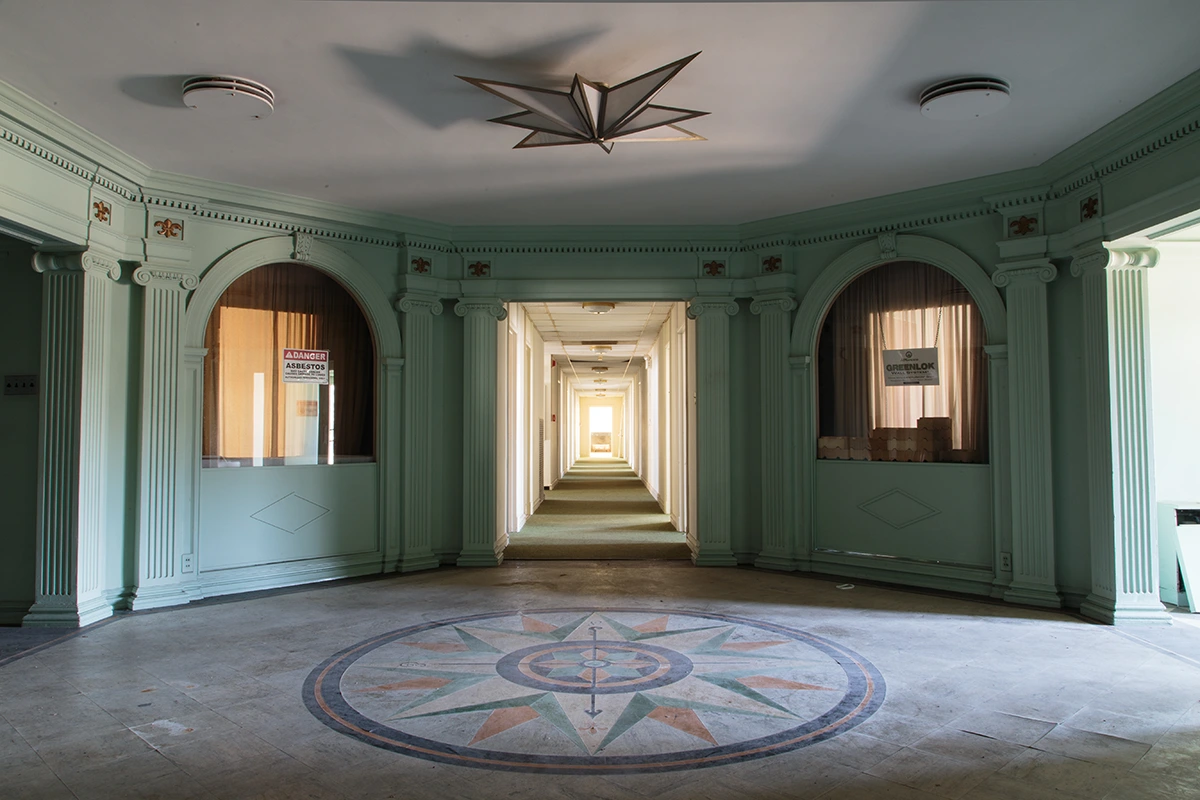
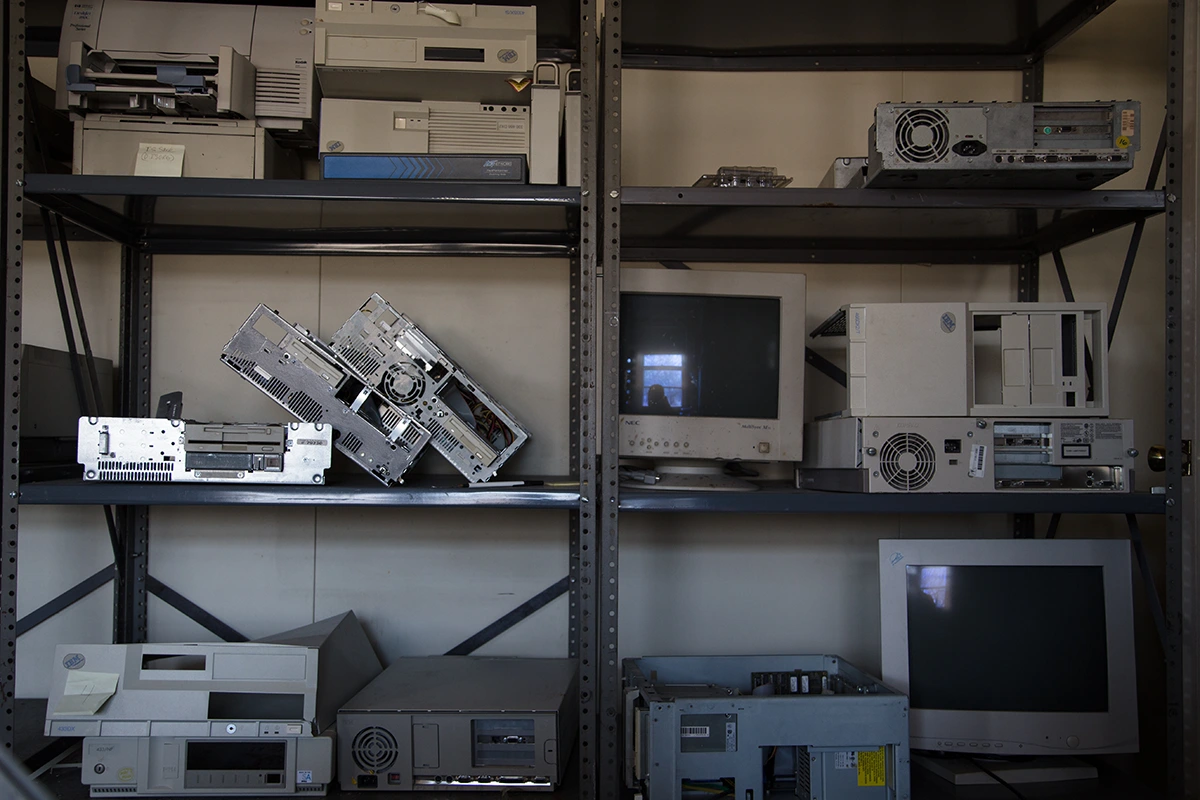
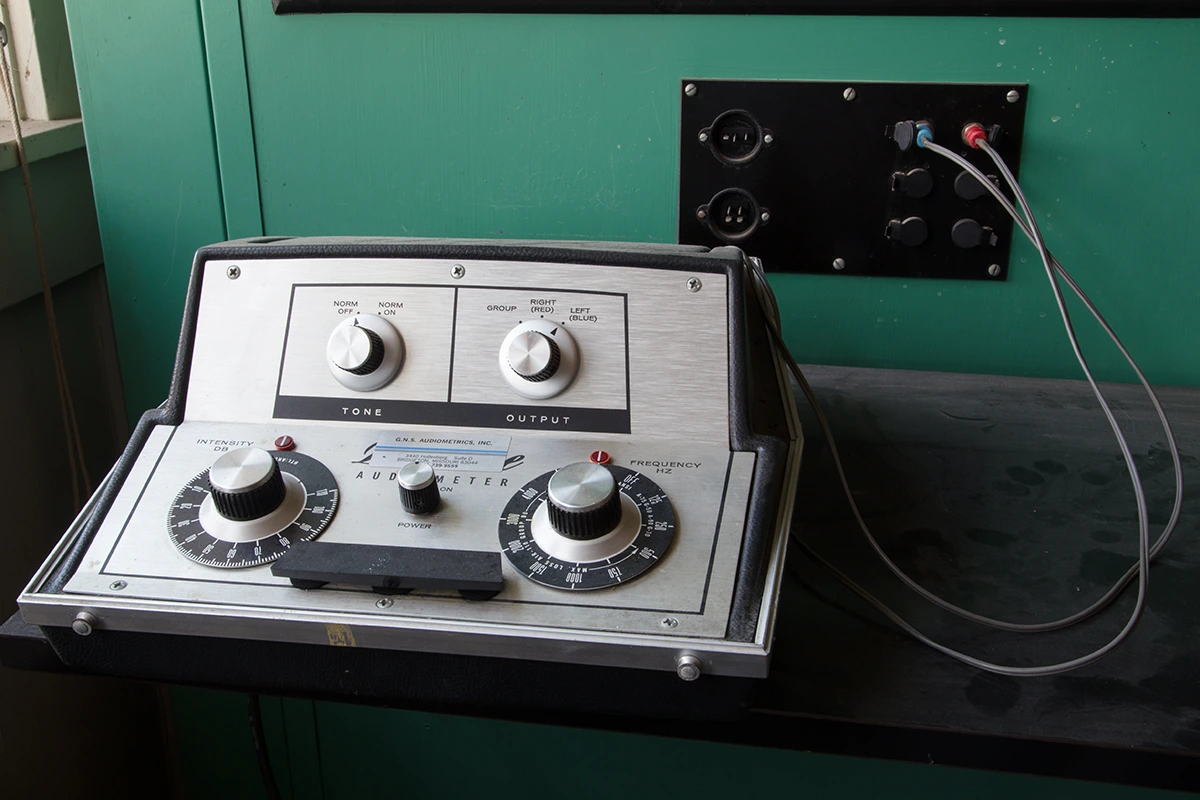
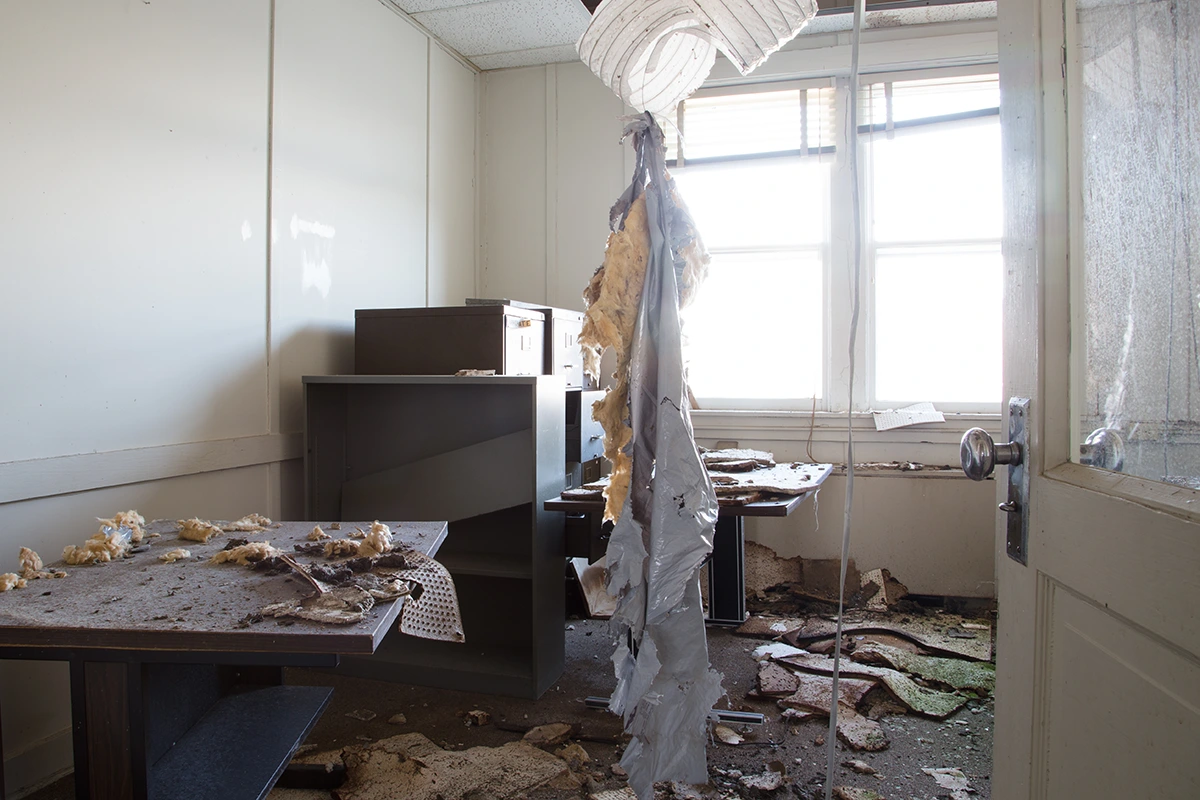
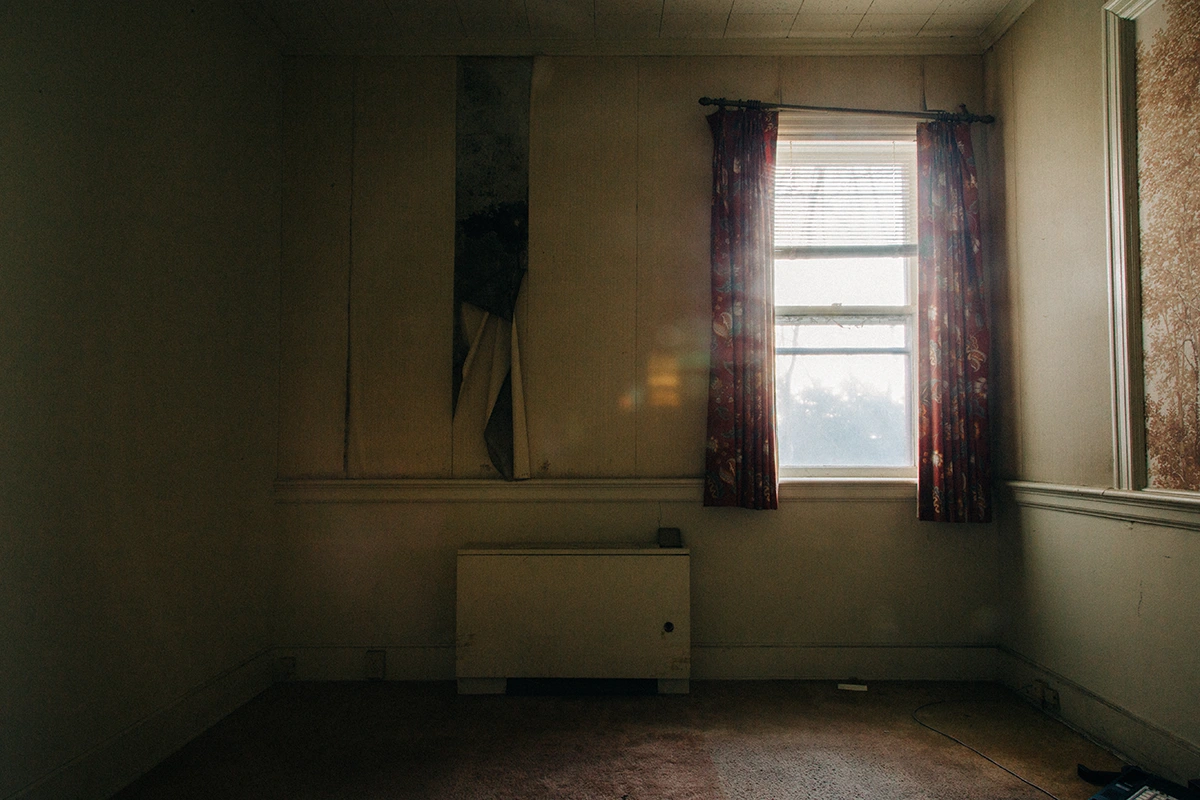
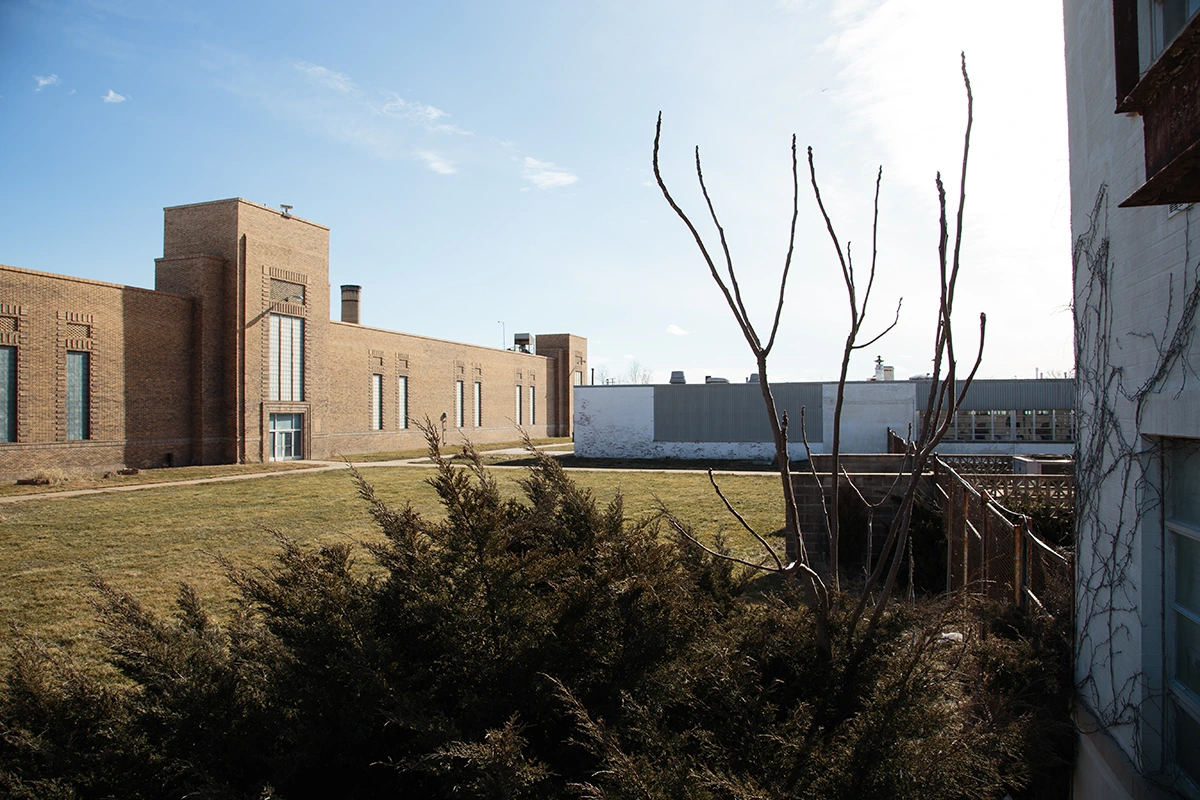
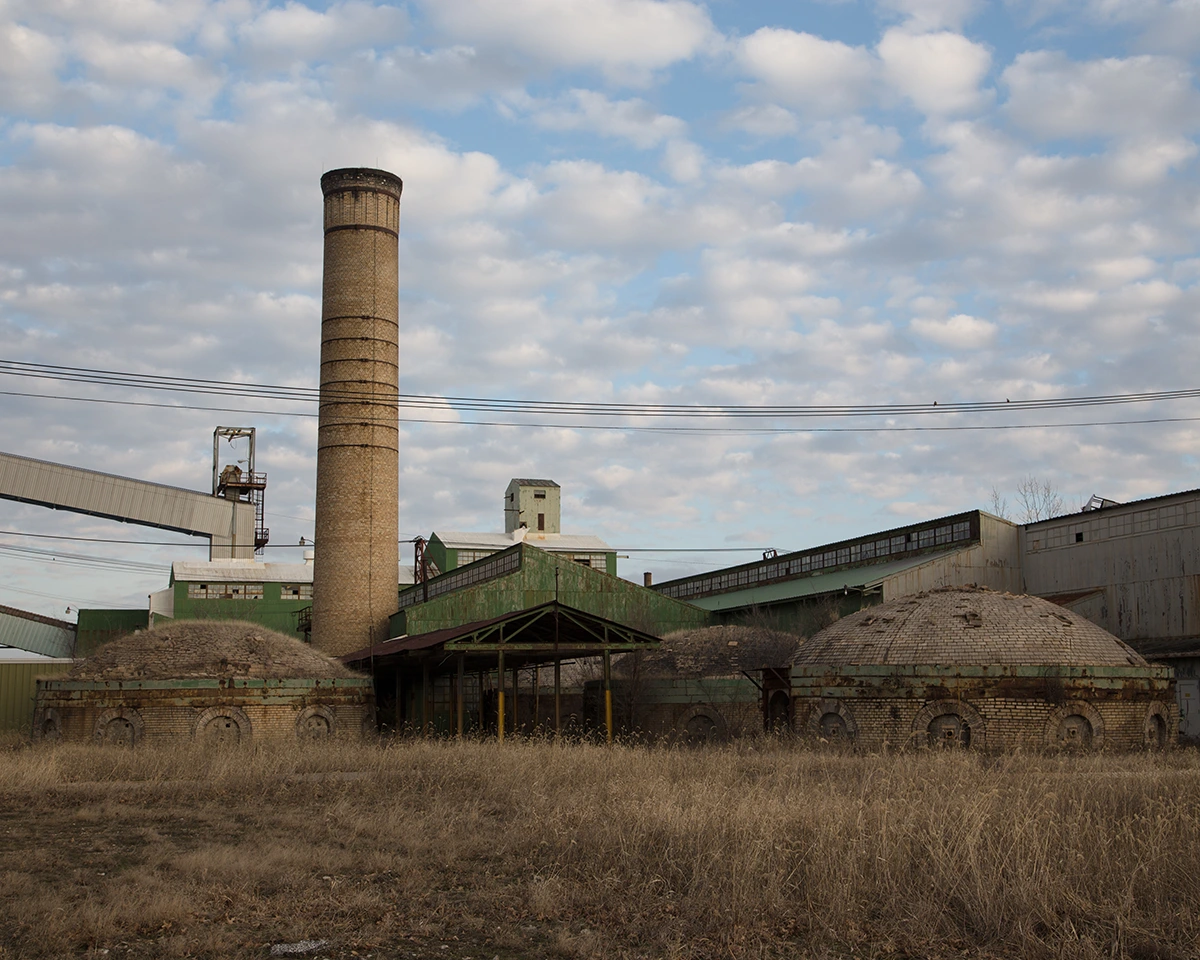
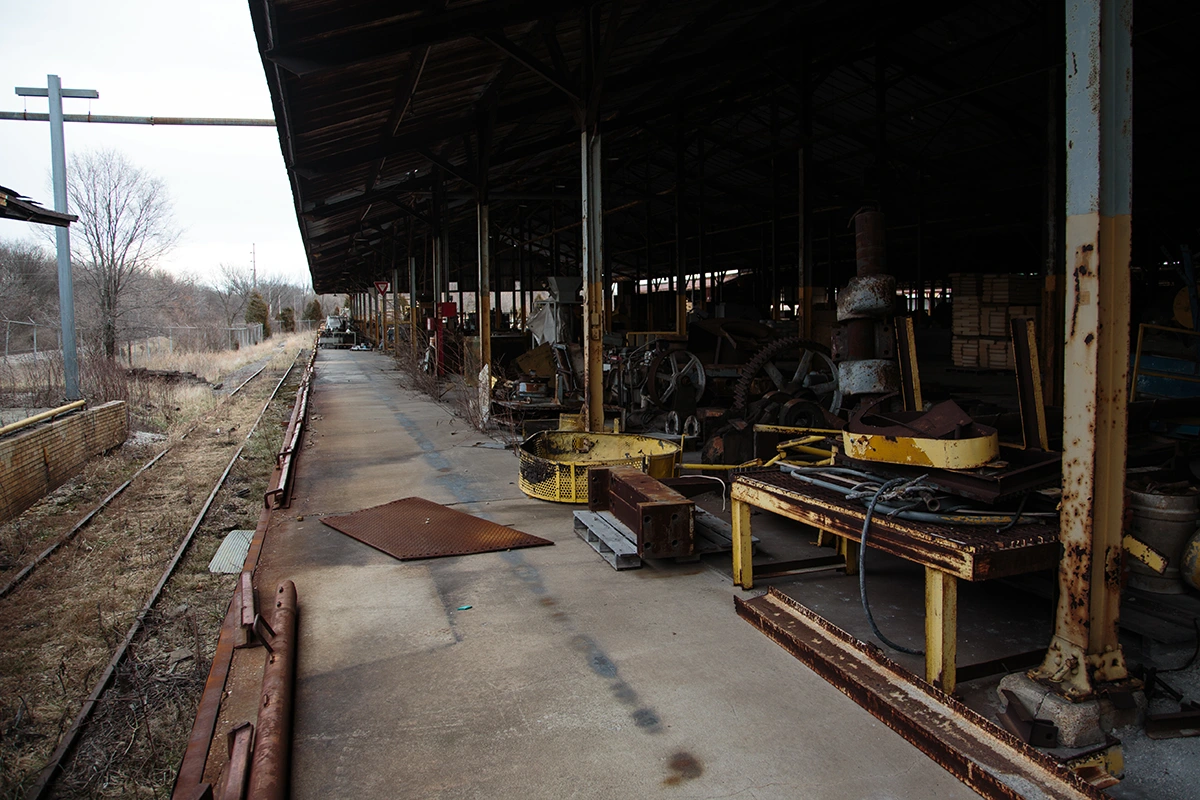
Labels: factory, industrial, urban ruins
Thursday, February 18, 2016
The historic Unitarian Church in Keokuk Iowa was dedicated on Dec. 2, 1874 and is the oldest standing church in the city. Unitarian Churches were known for their use of logic and reason rather than blind faith in their interpretations of the Bible and this attracted many freethinkers of the time. Among the prominent early church members was a physician and lawyer named Samuel Freeman Miller. Miller, an optimist and progressive rationalist, helped found Keokuk's First Unitarian Church in 1853 and personally drafted its articles of incorporation. Shortly thereafter his business partner, Lewis Reeves, died after contracting Asiatic Cholera. Just a few months later, Samuel Miller's wife Lucy died of "consumption" which is what we now know as Tuberculosis. This series of tragedies left him a single father of 3 daughters in addition to now being the sole proprietor of his law practice. His mastery of Law earned the attention of the top courts in the nation and as a result he was later appointed to the United States Supreme Court just after the start of the American Civil War in 1862 by Abraham Lincoln. He served in that role for 28 years, becoming one of the most influential Justices to serve in that capacity until his death in 1890 following which his funeral service was held in this church.
The Unitarian Church remained active here for well over 100 years before ultimately closing its doors some time around 2000, at which time there had been a Christian TV station broadcasting from the basement. Since then the building has been allowed to slowly succumb to the elements. A valiant preservation effort was mounted around 2011 to help restore the building. They removed the windows in an effort to safely store them during roof maintenance. But the maintenance never came and the windows have been left piled up inside which has left the building even more open to the elements as a result. It seems that the preservation of this building never gained traction and the site is increasingly threatened by demolition. The city has been trying to take ownership of the building for years in order to demolish it, despite an engineering survey which declared the church to be in otherwise in good structural condition. I would normally consider obfuscating the identity of such a vulnerable location as this but knowing its on its last legs, hope for preservation is quickly running out. There is a facebook page dedicated to the site's preservation but it hasn't been updated in over a year.
Click here for video.


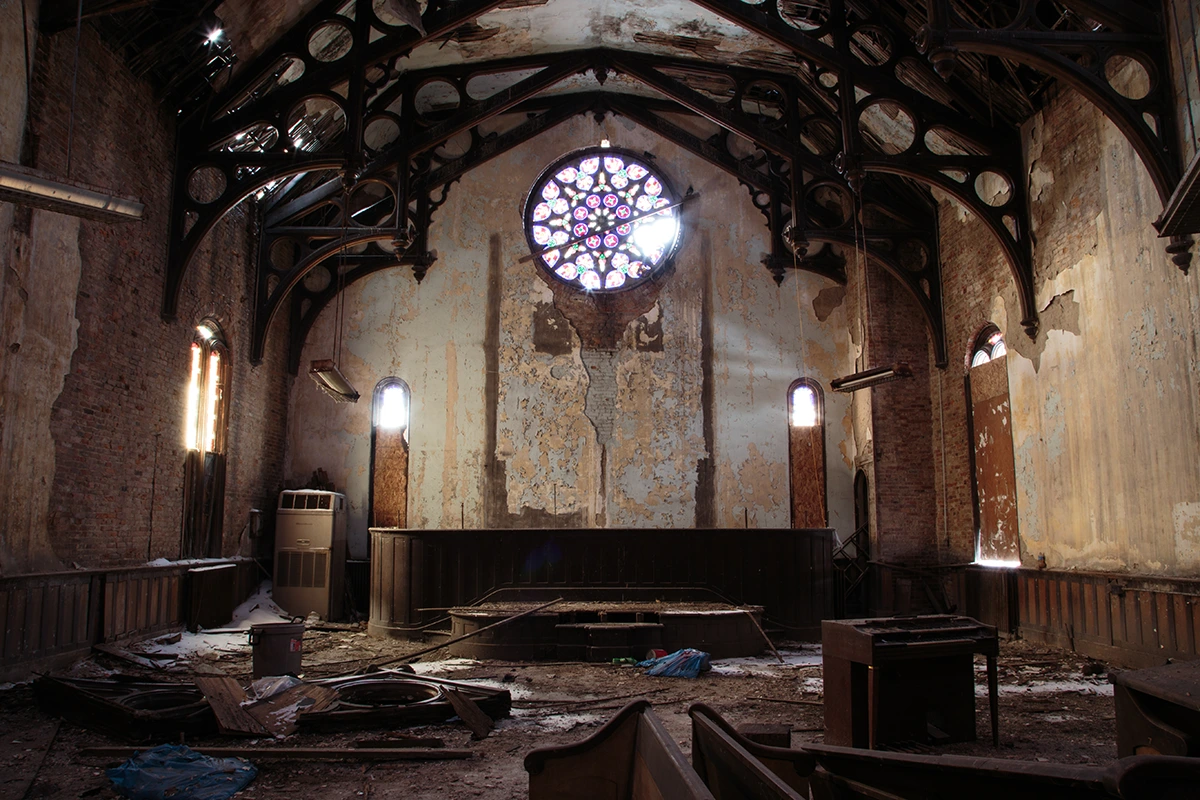
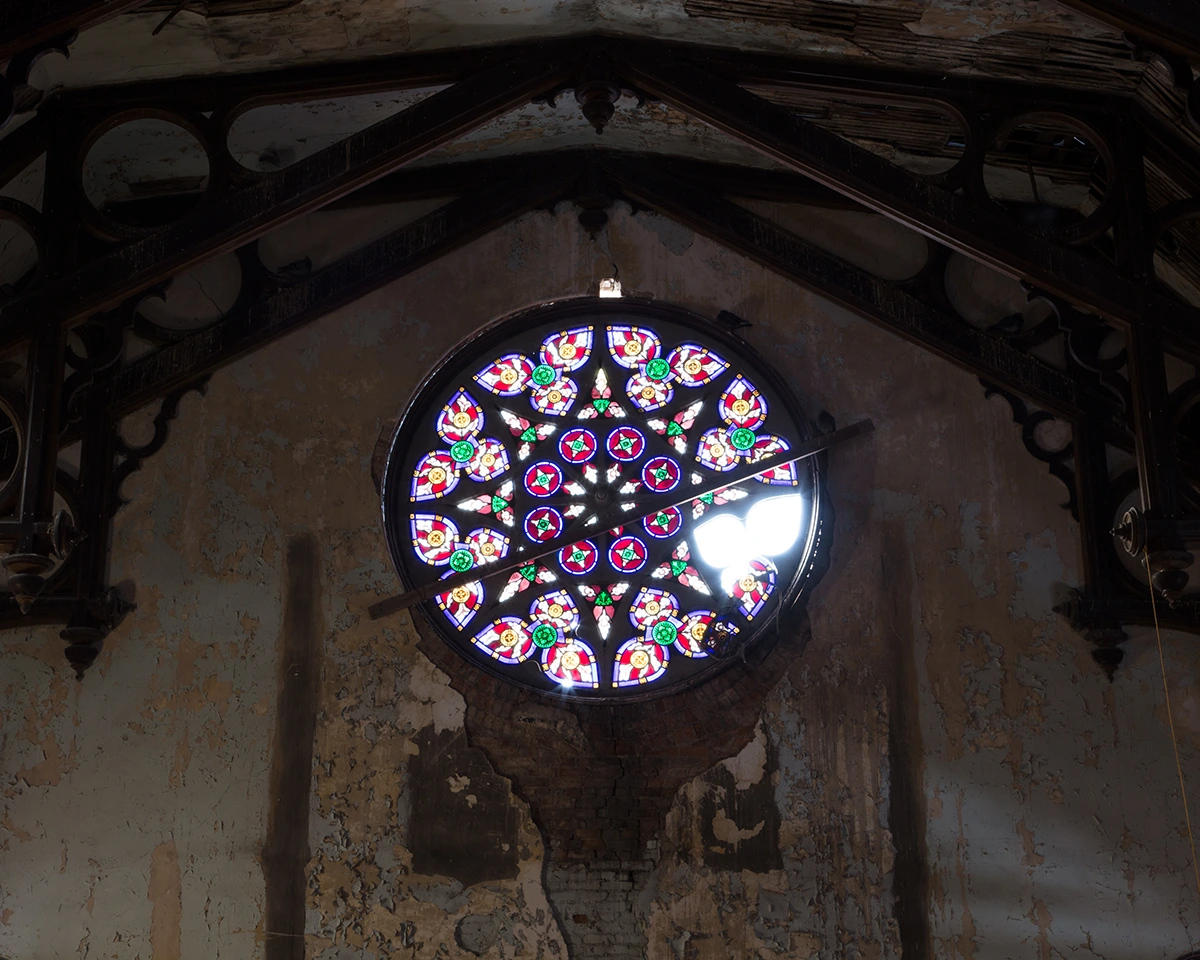
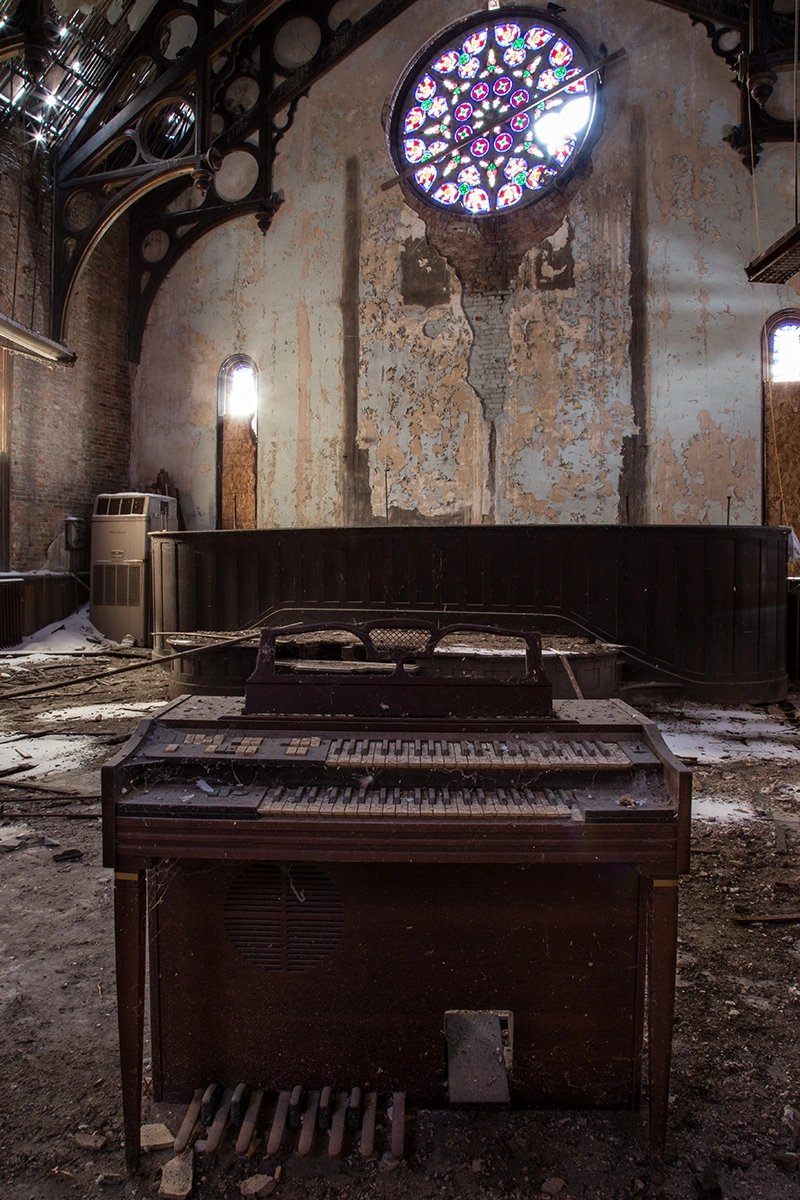
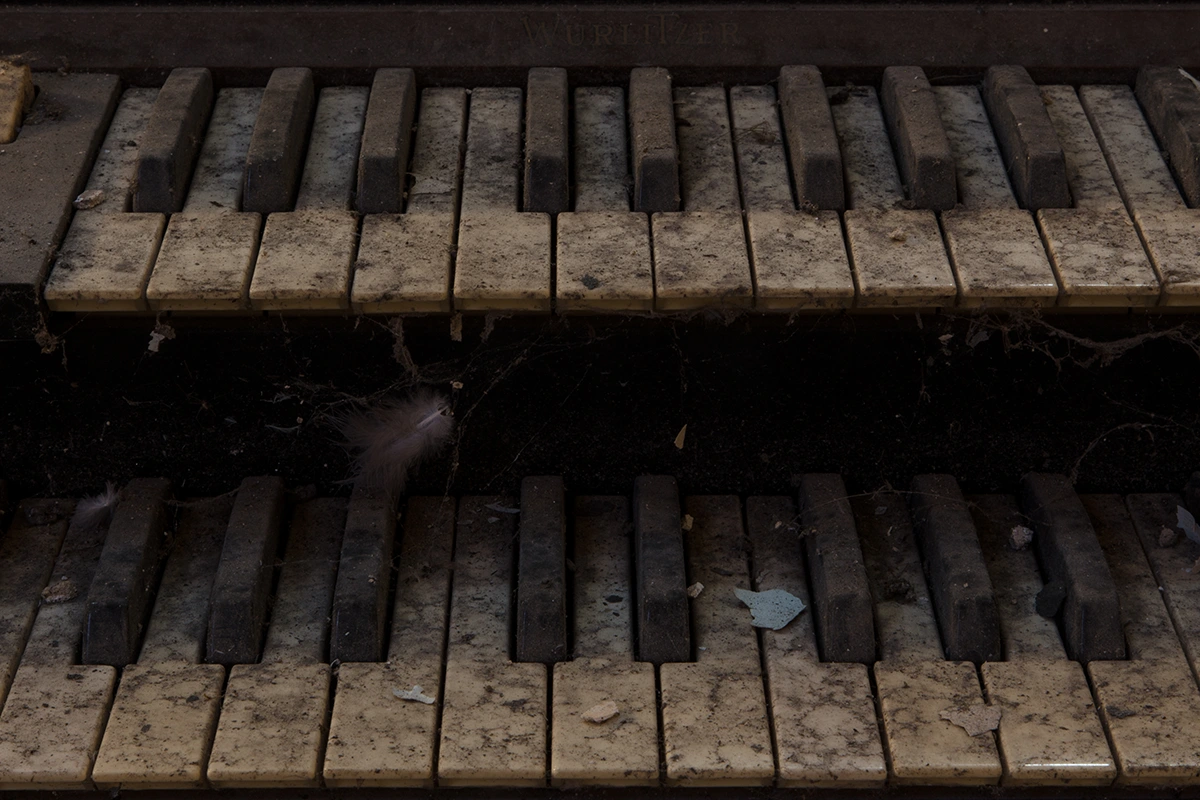
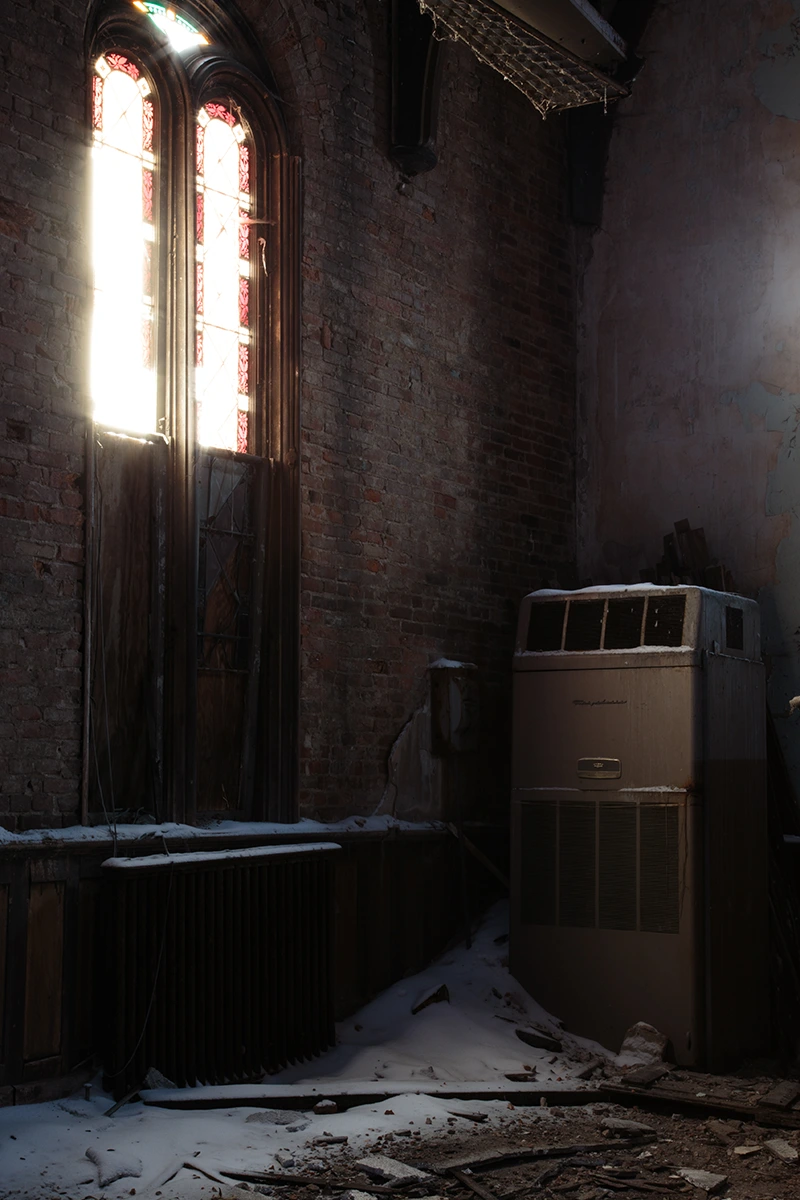
Labels: 1800s, architecture, church, historic, history, institutional, religious
